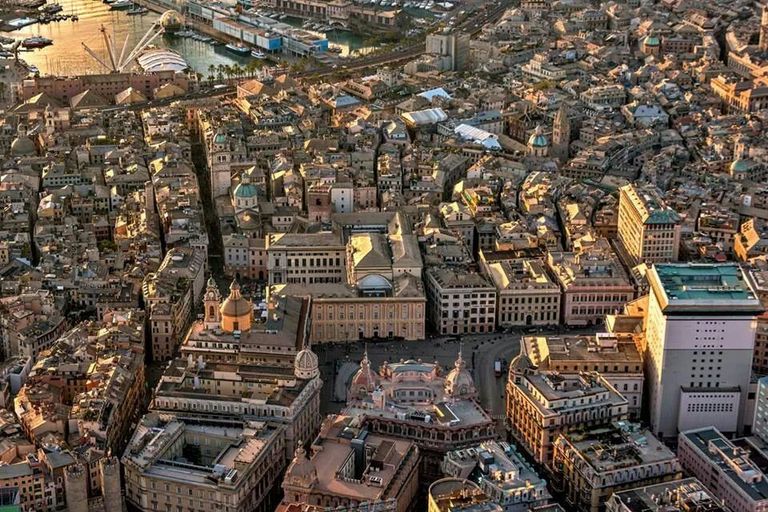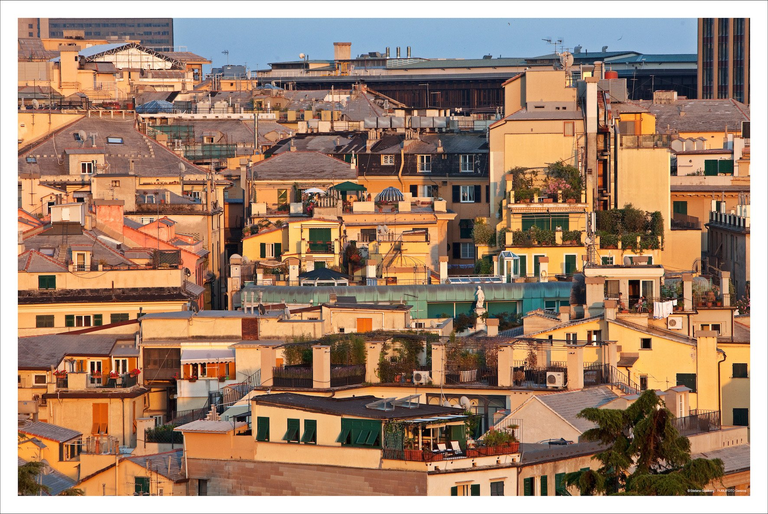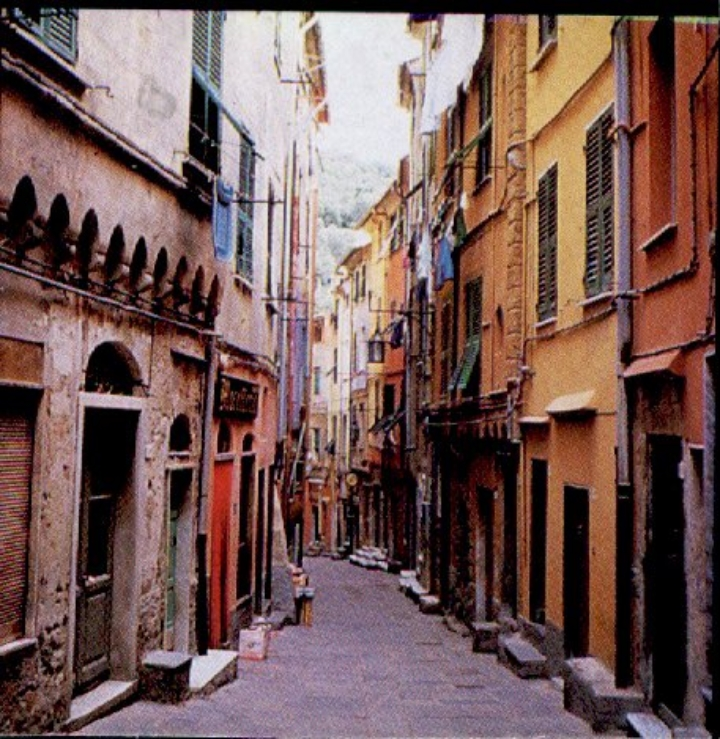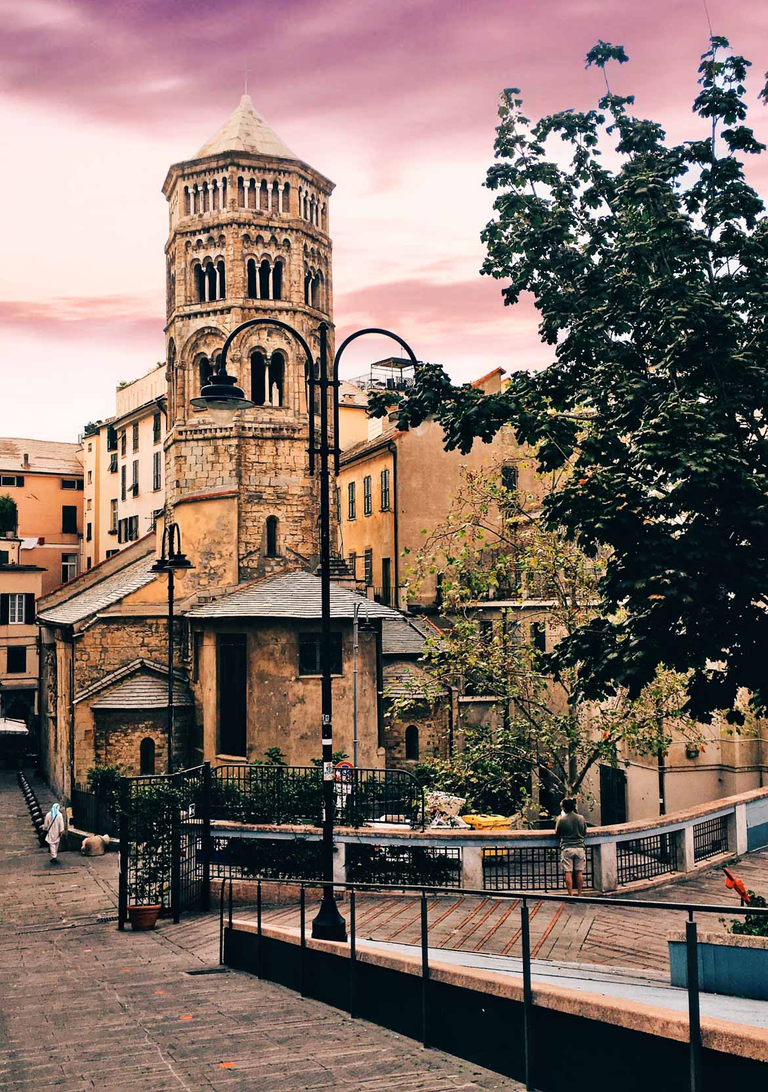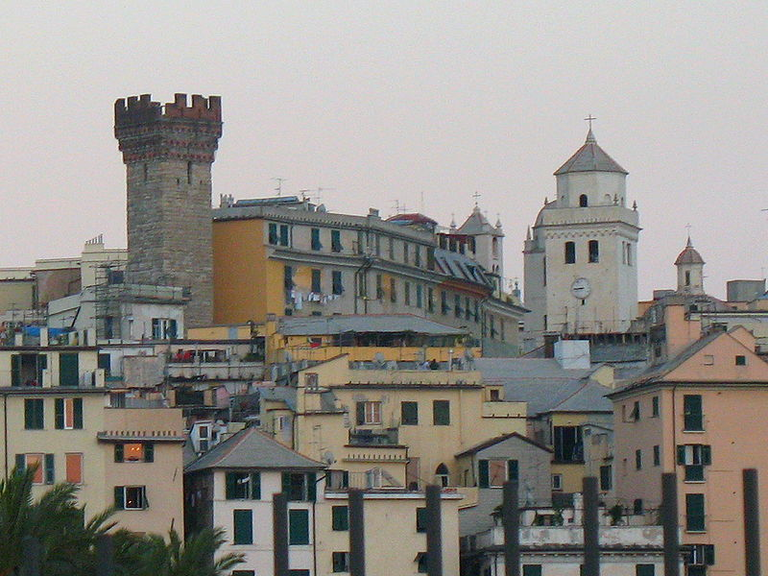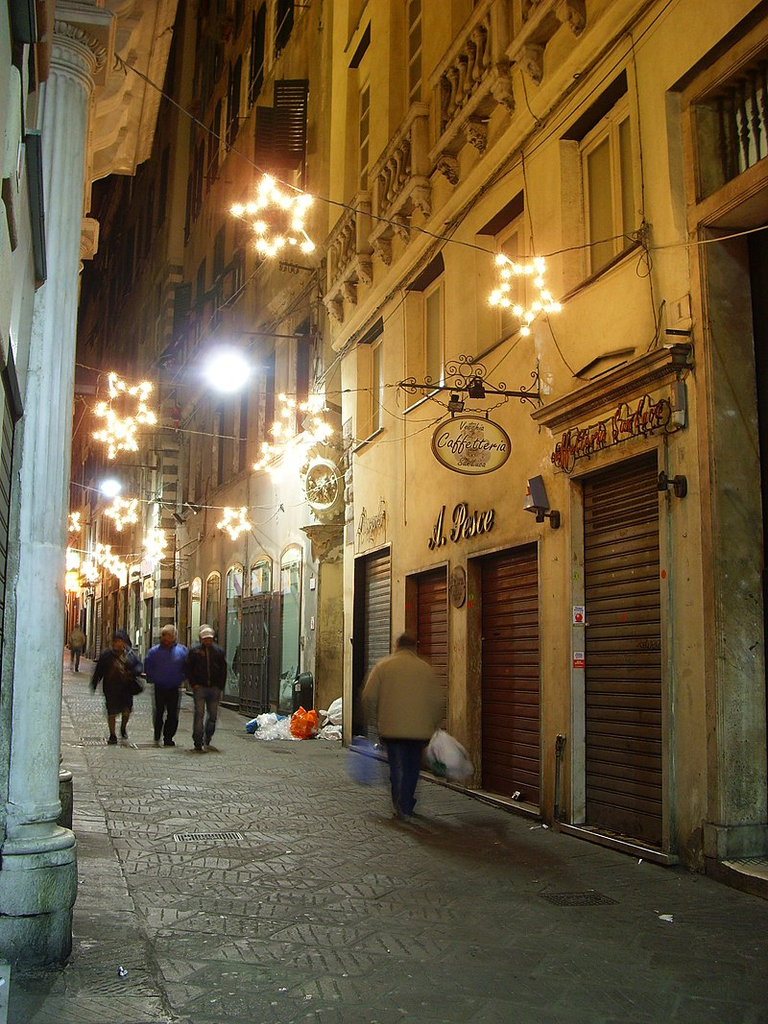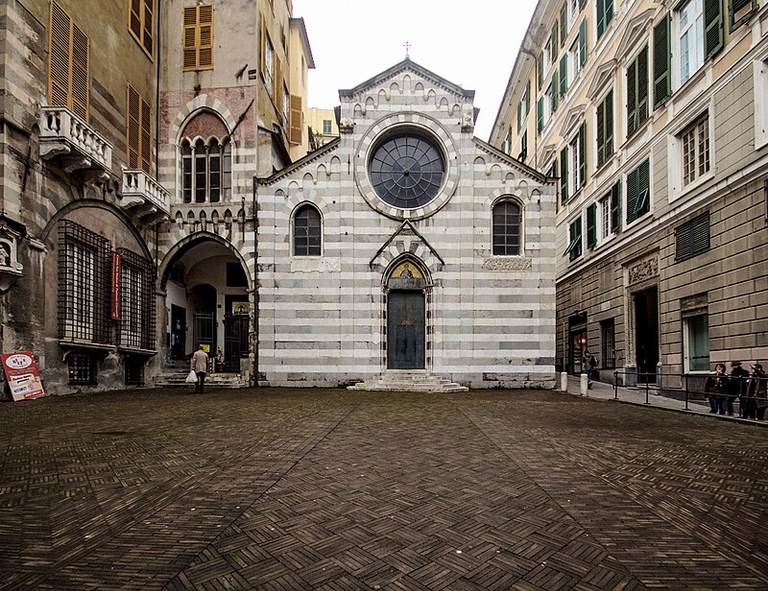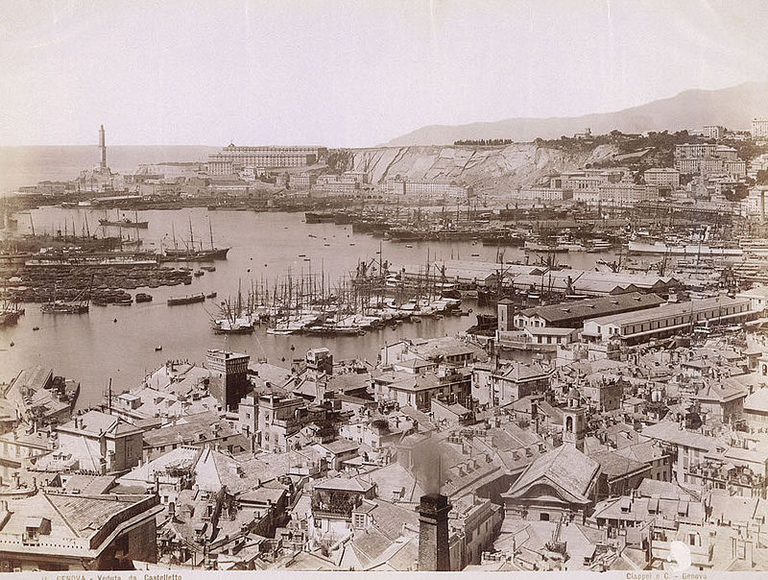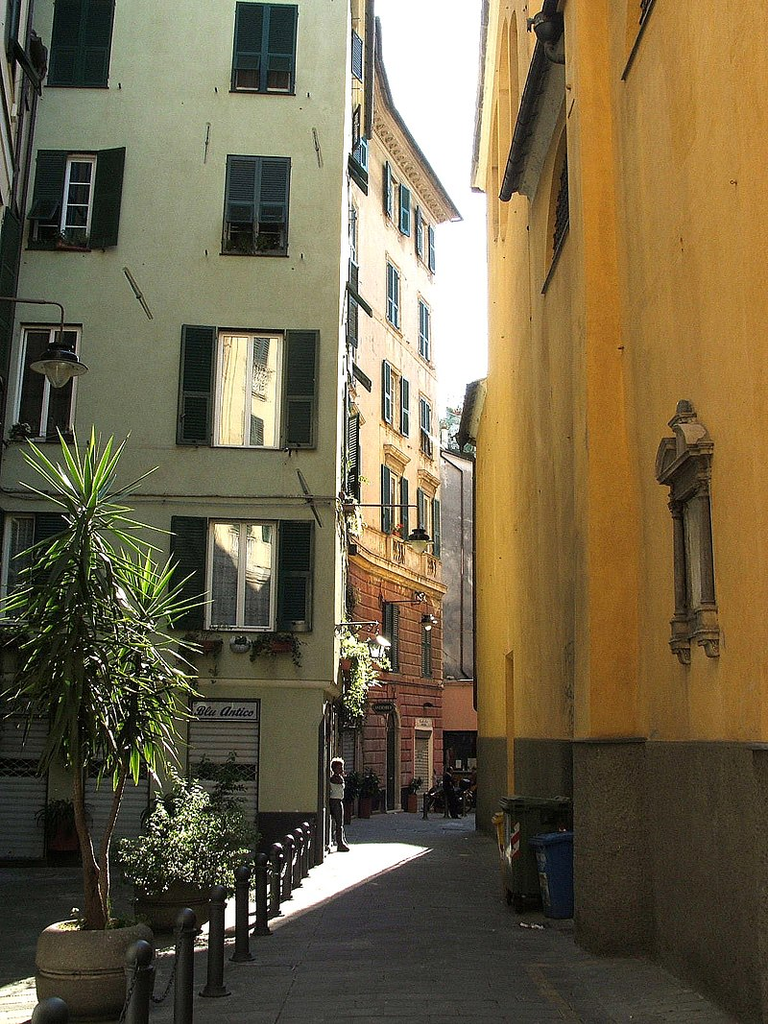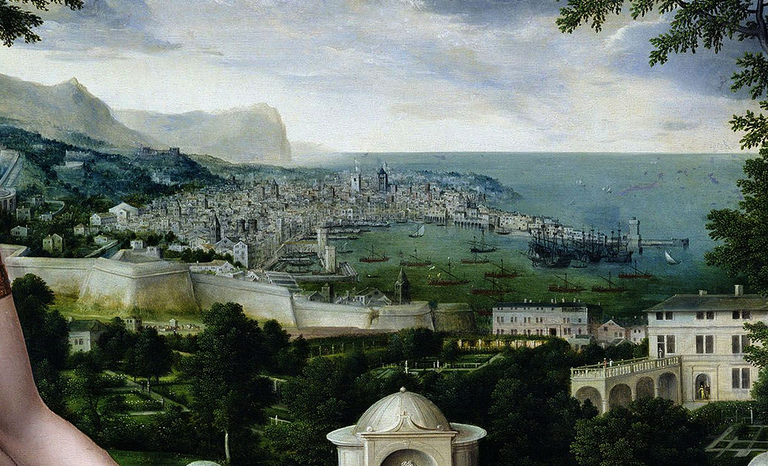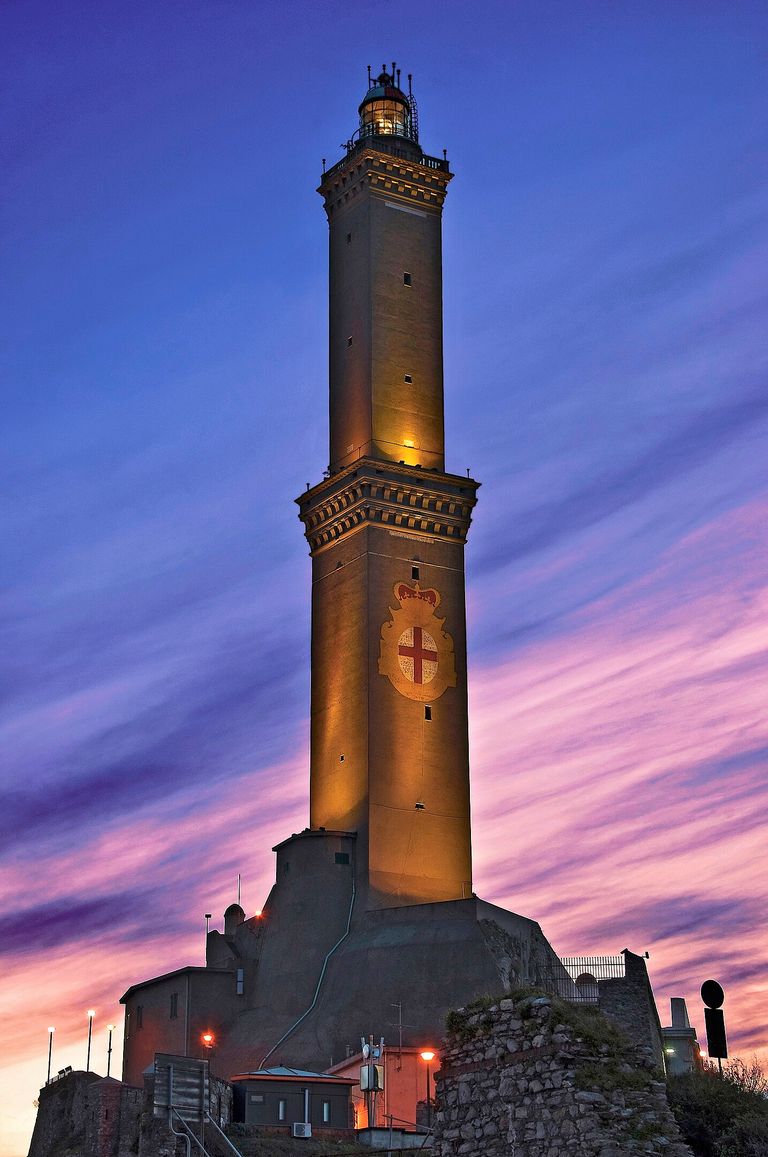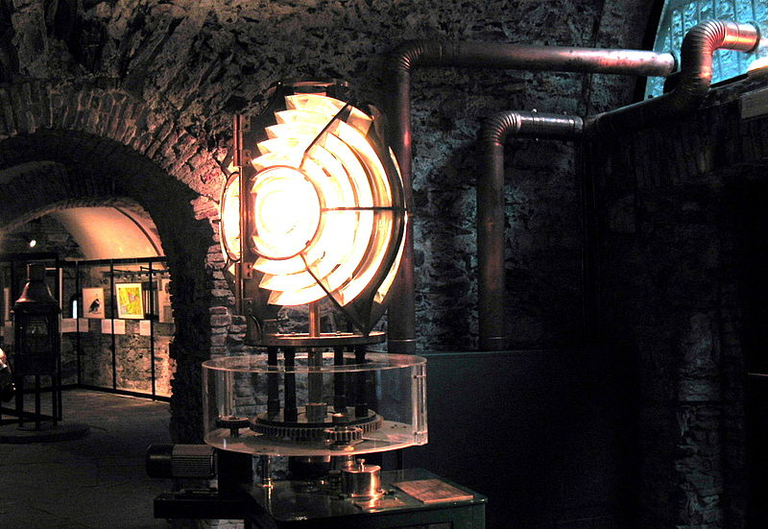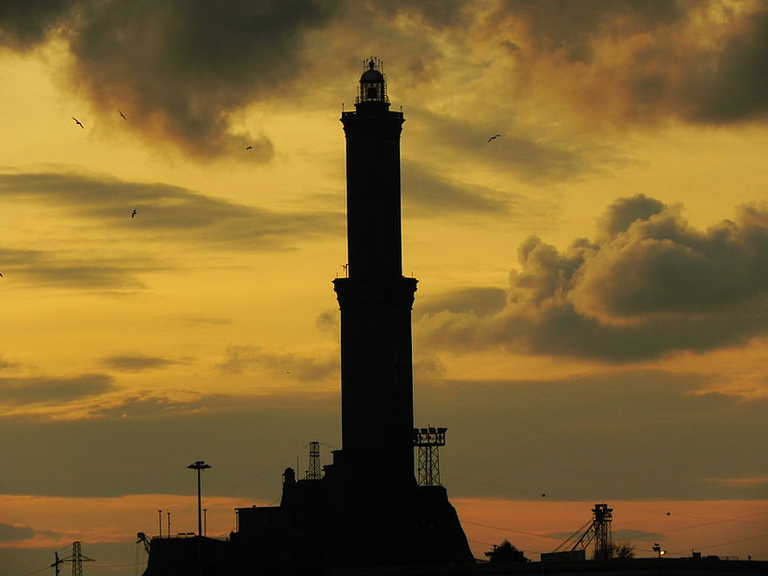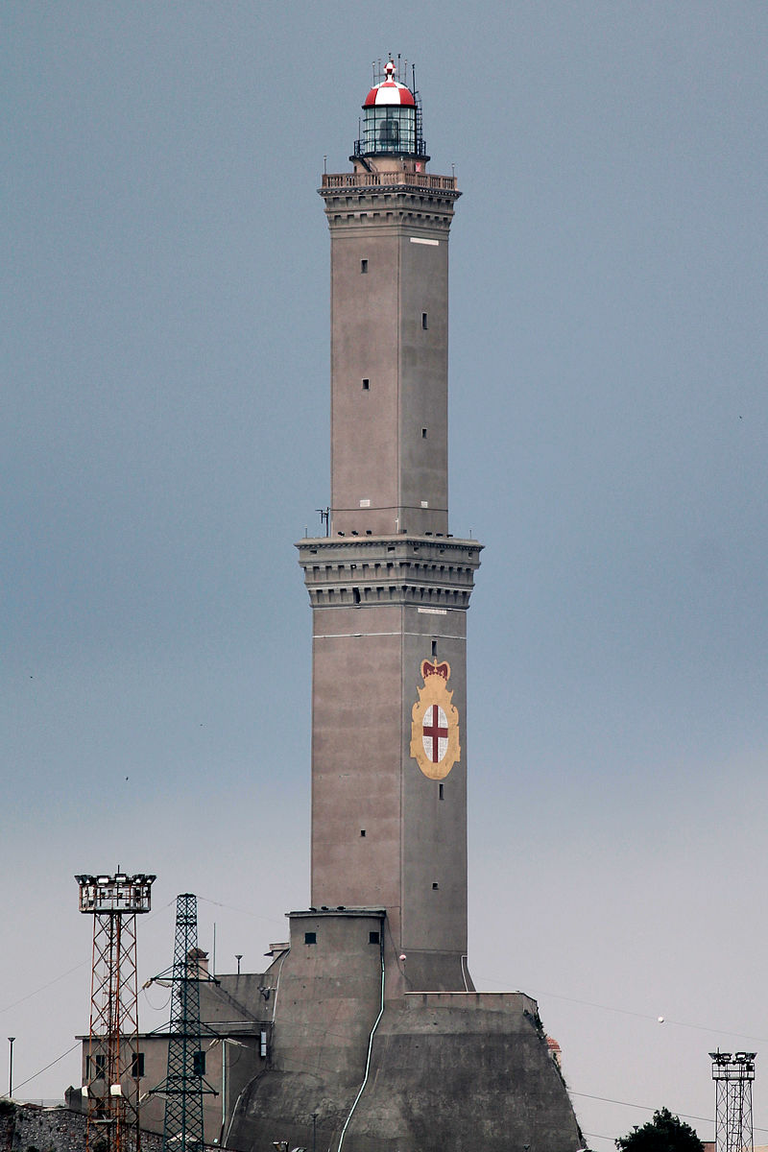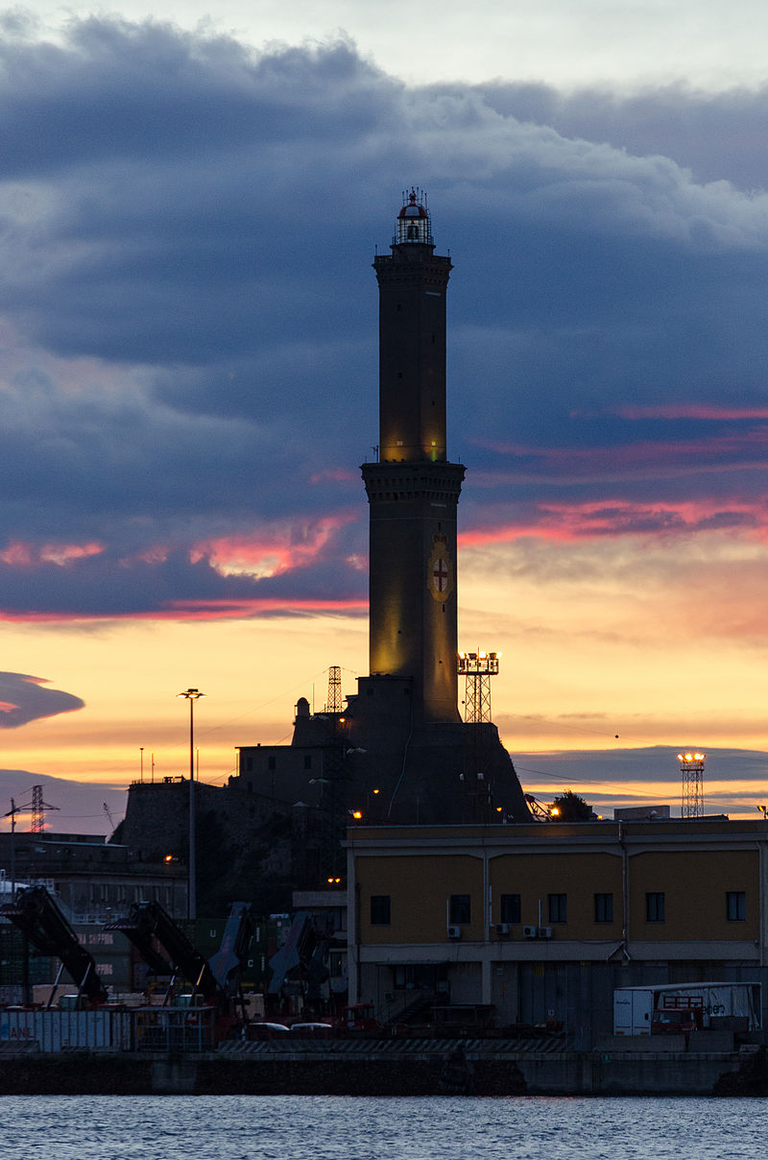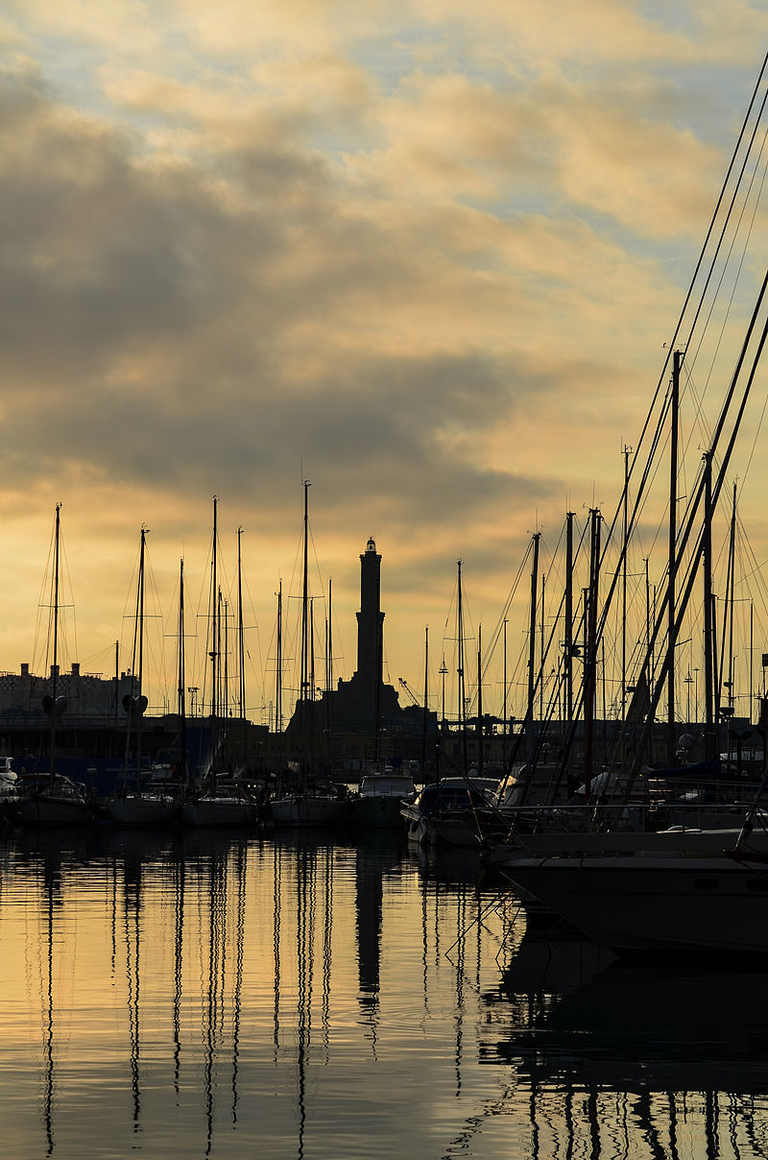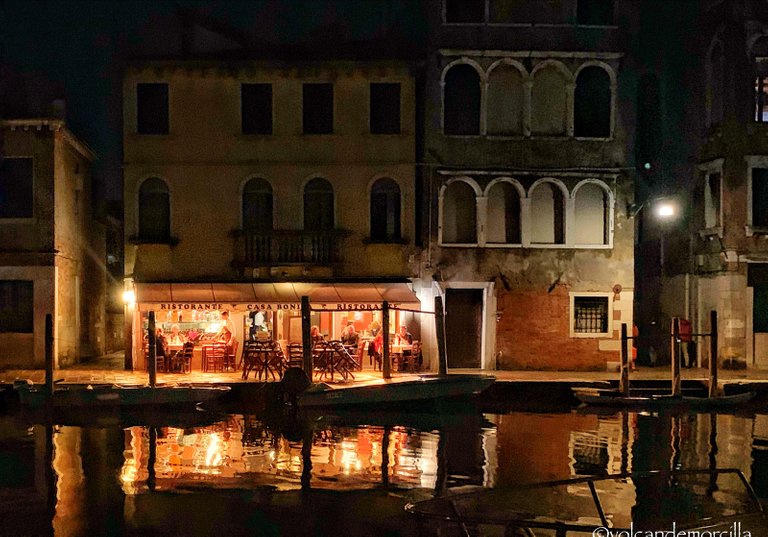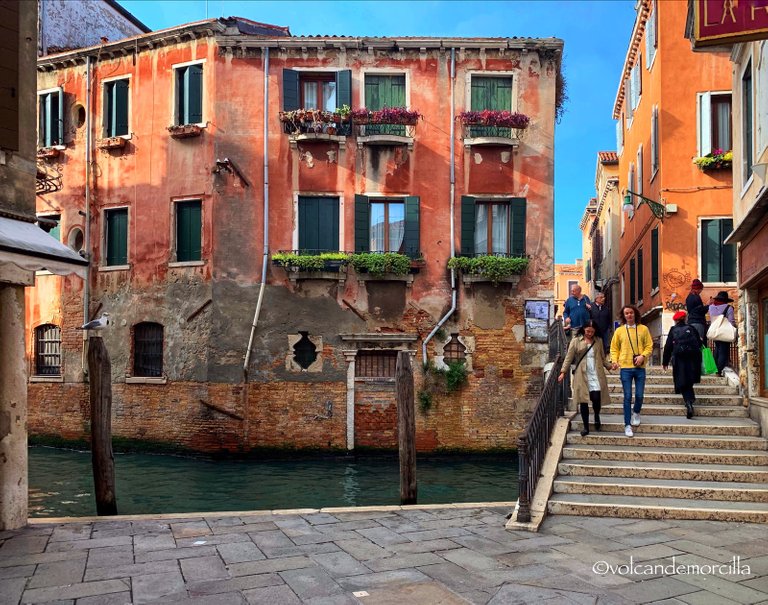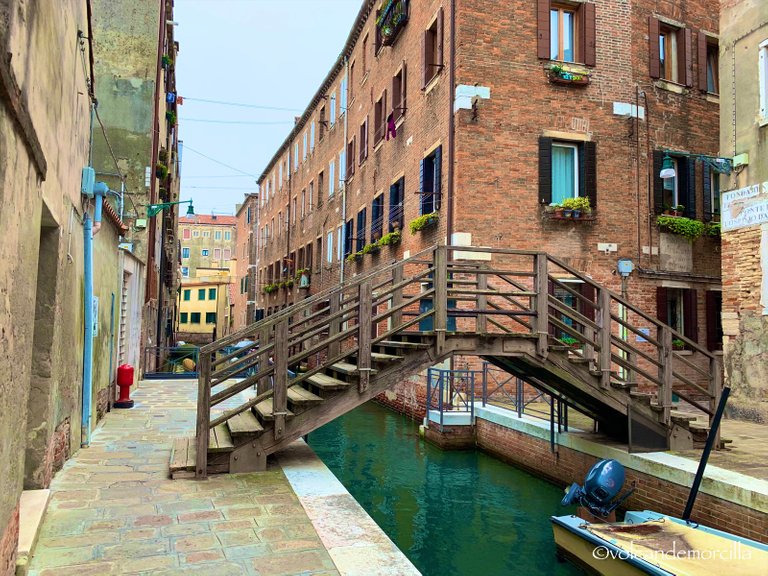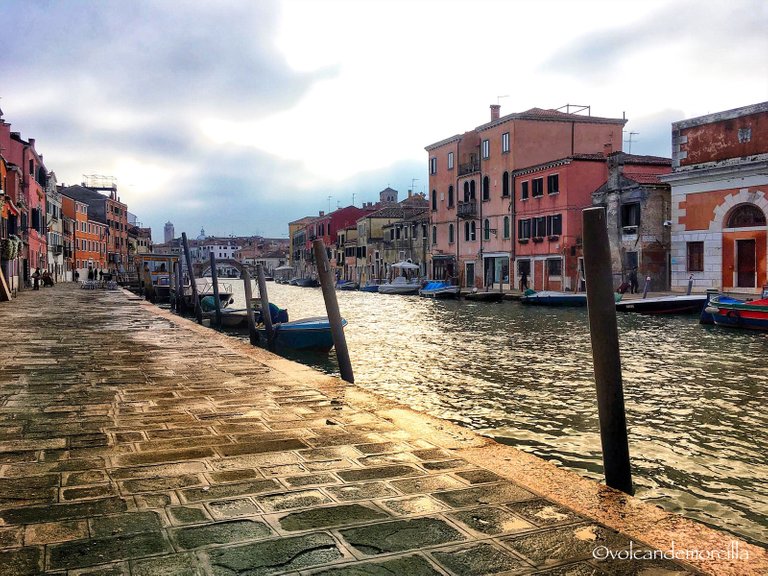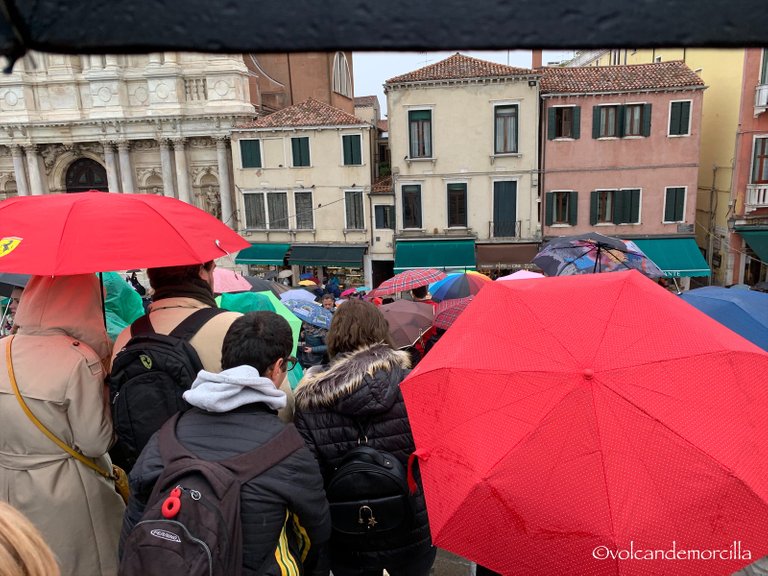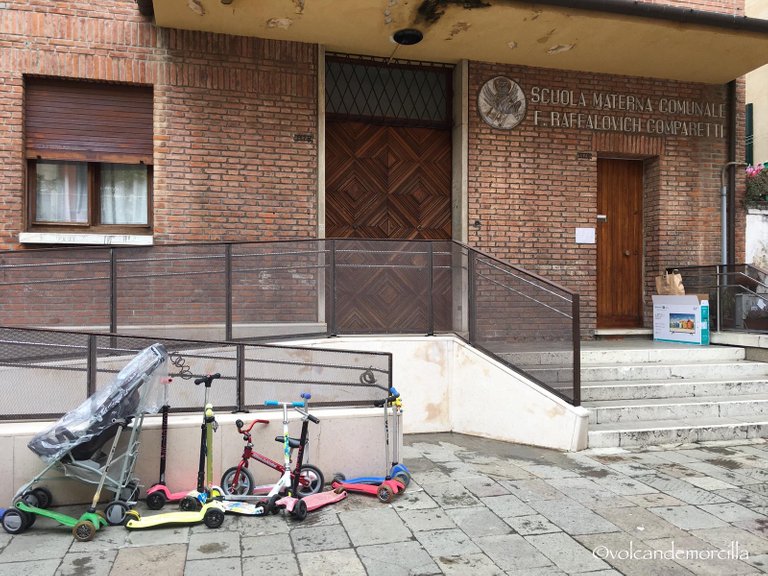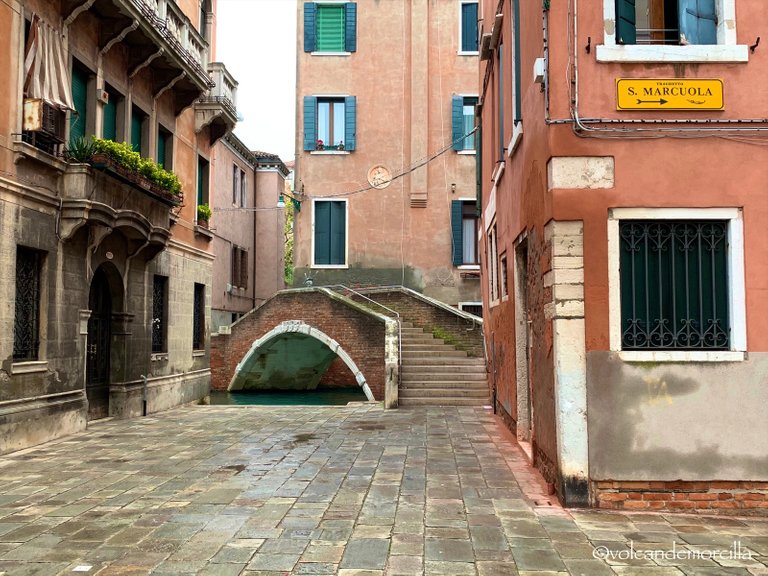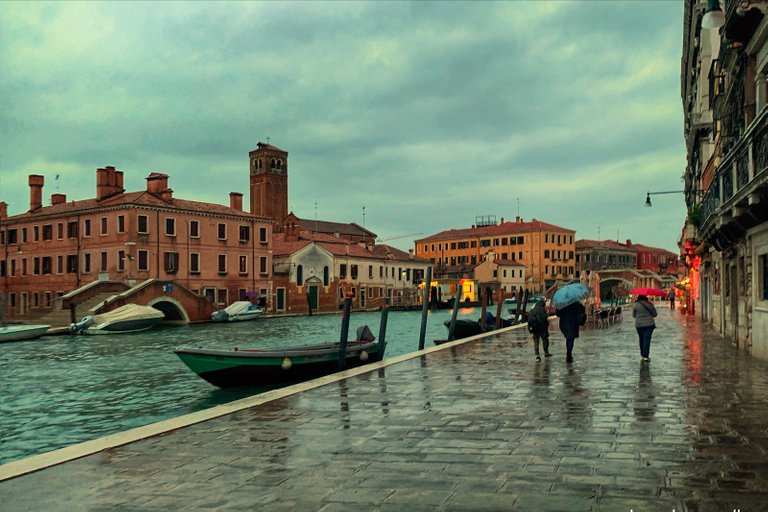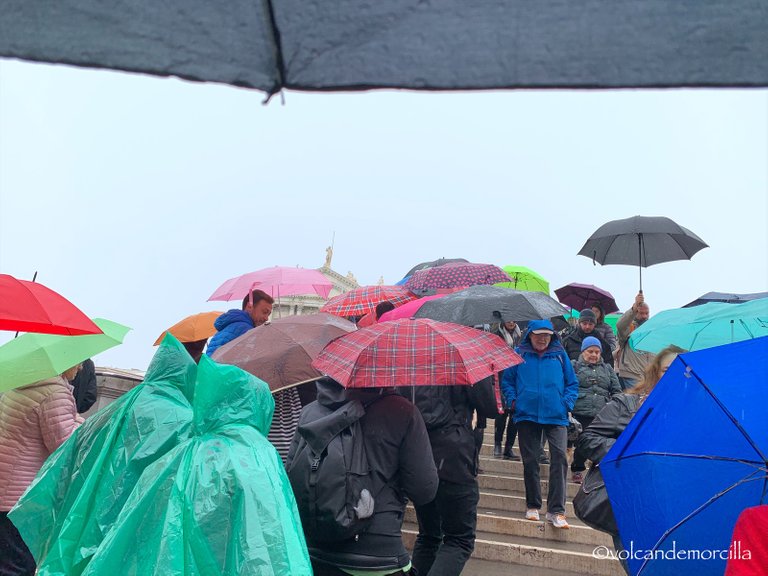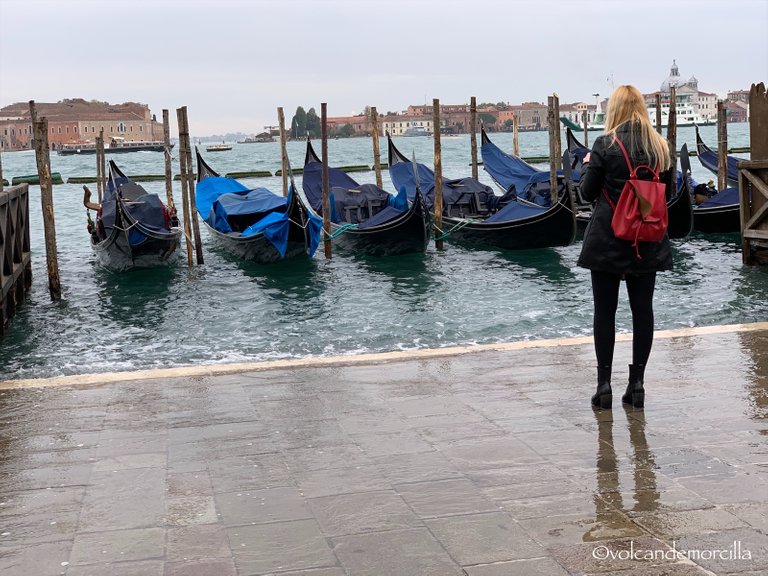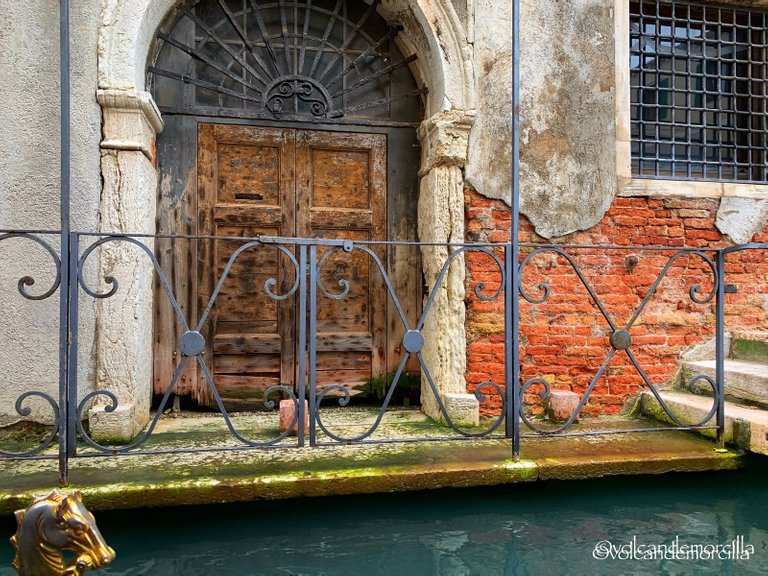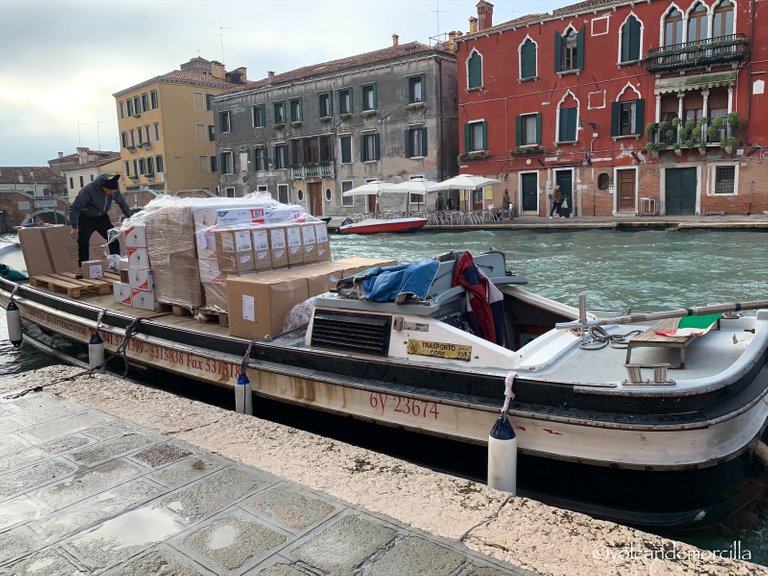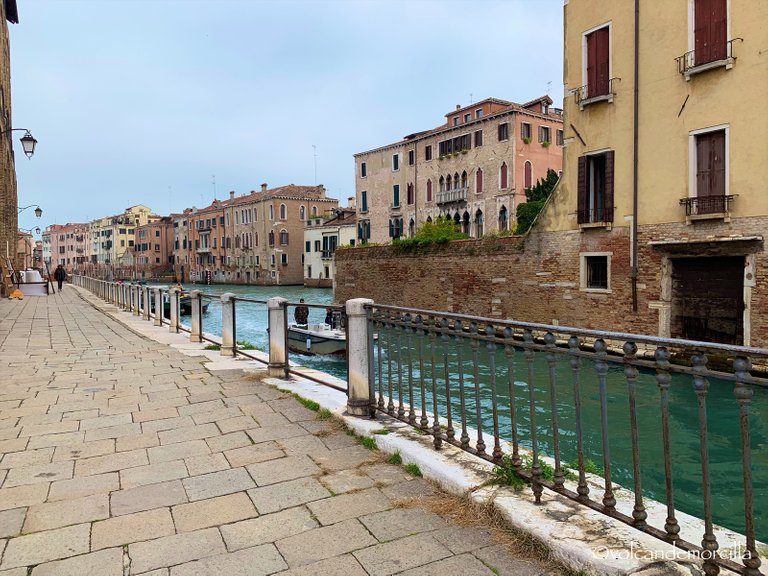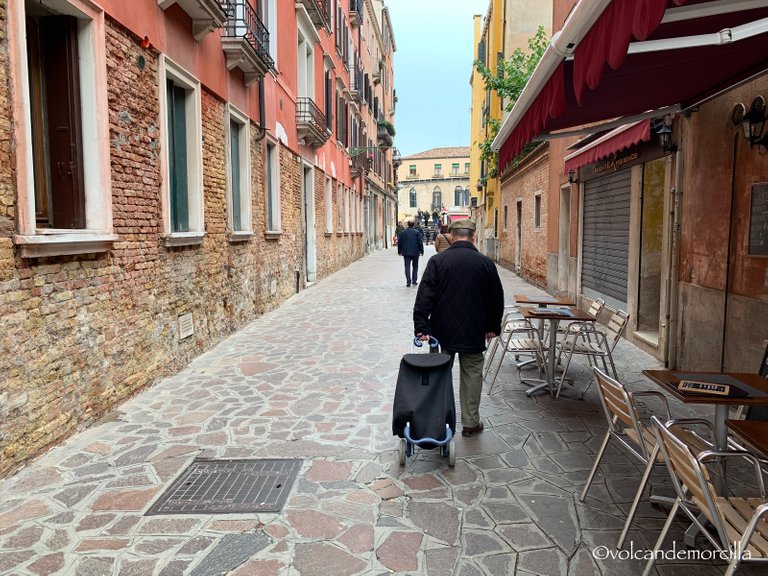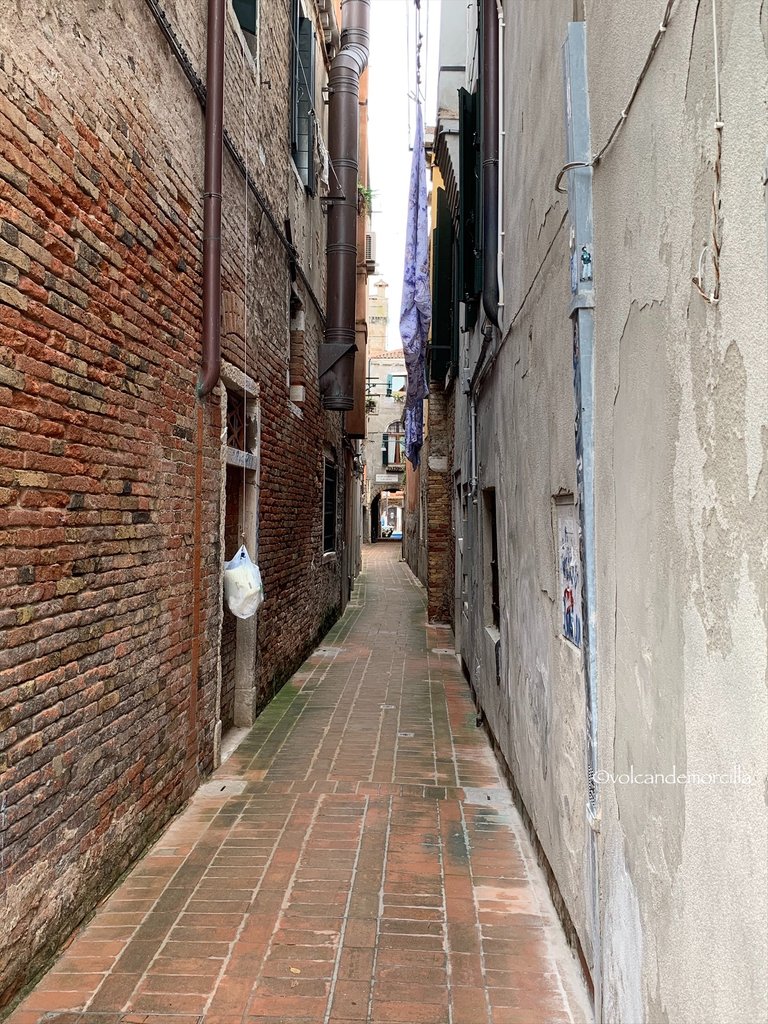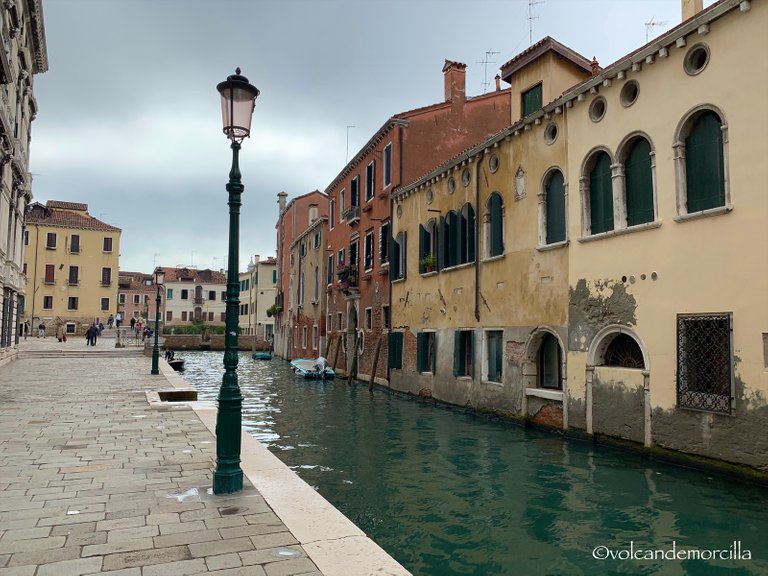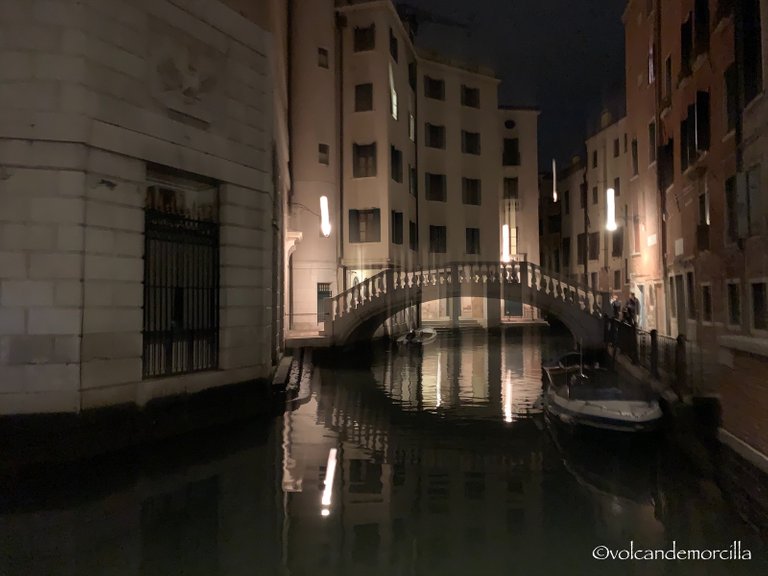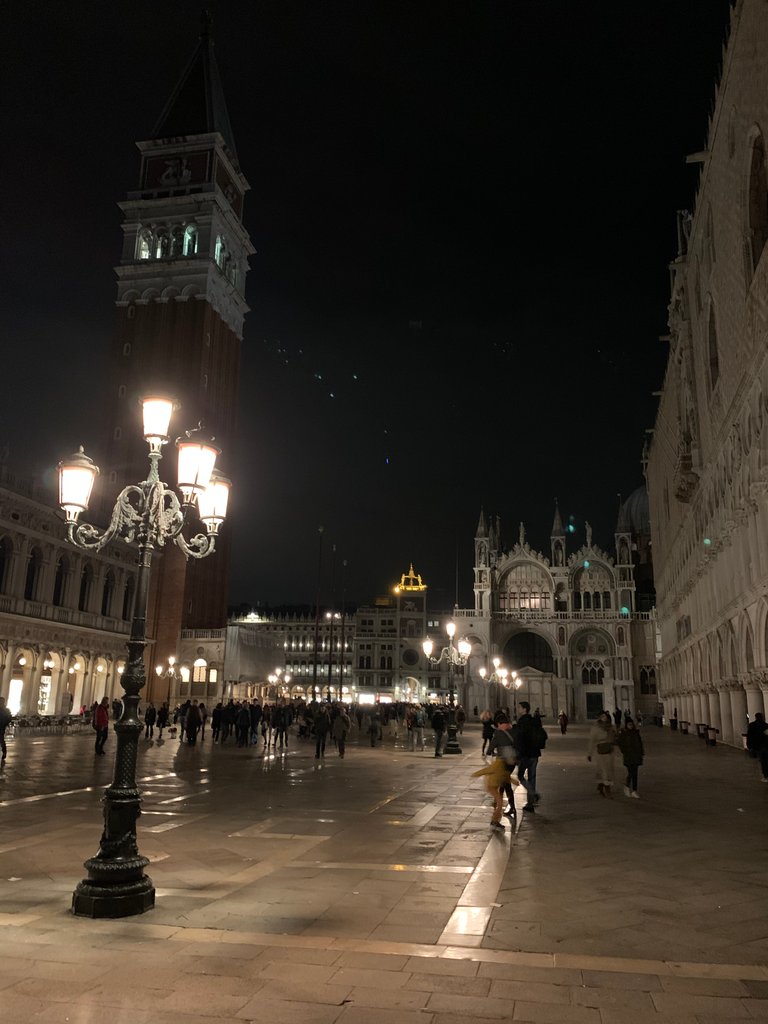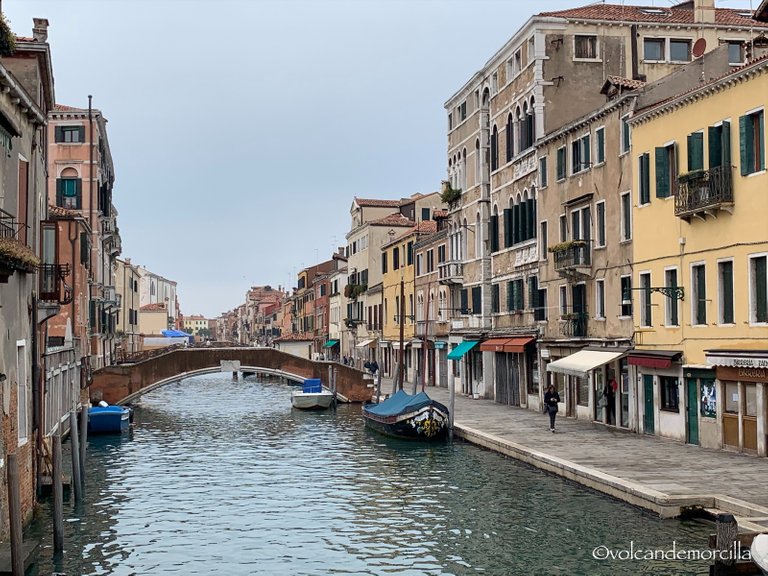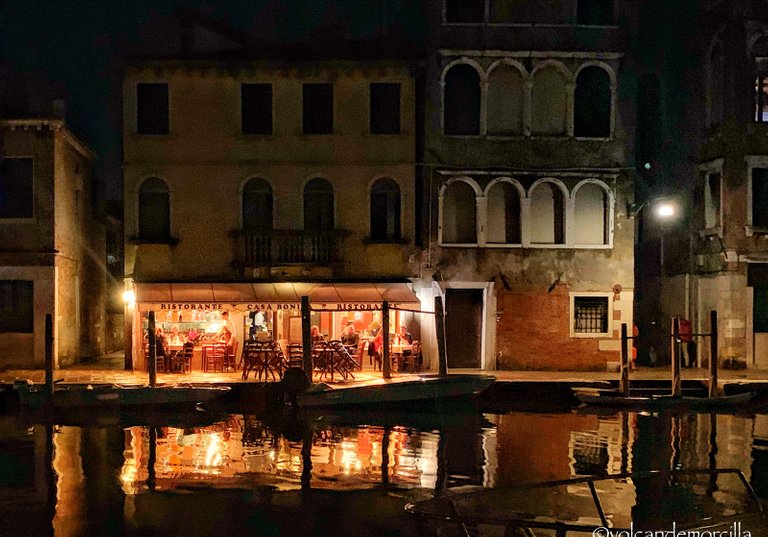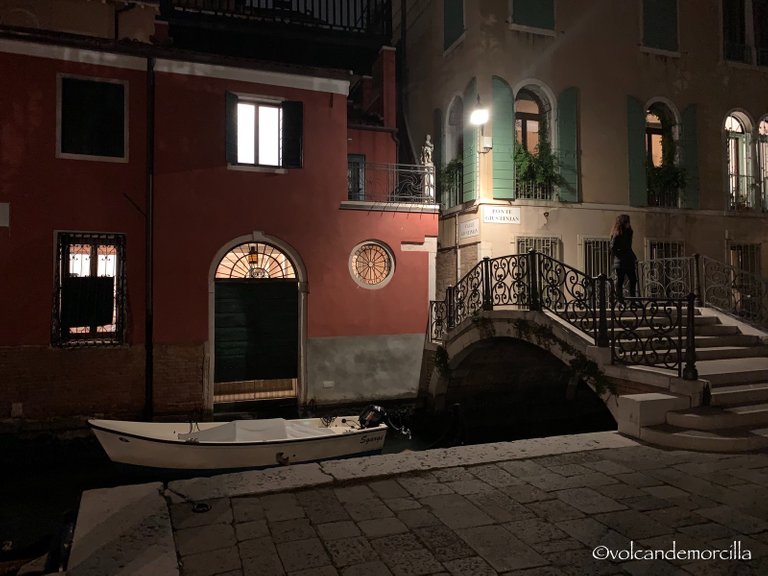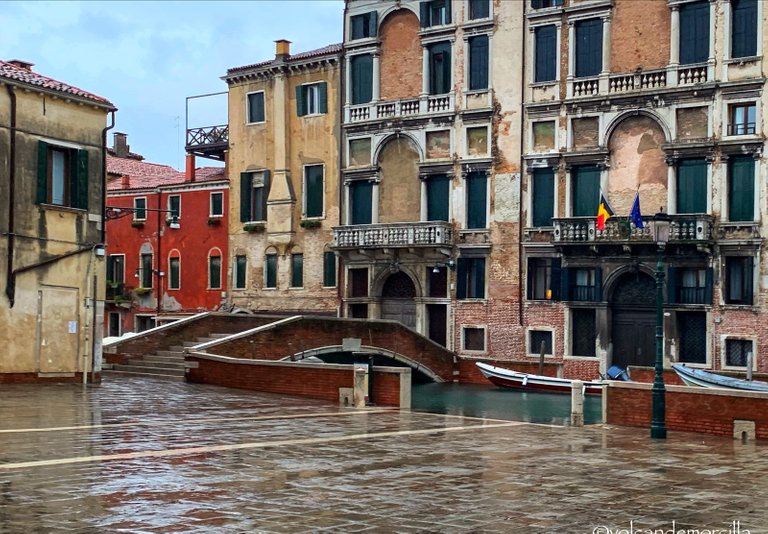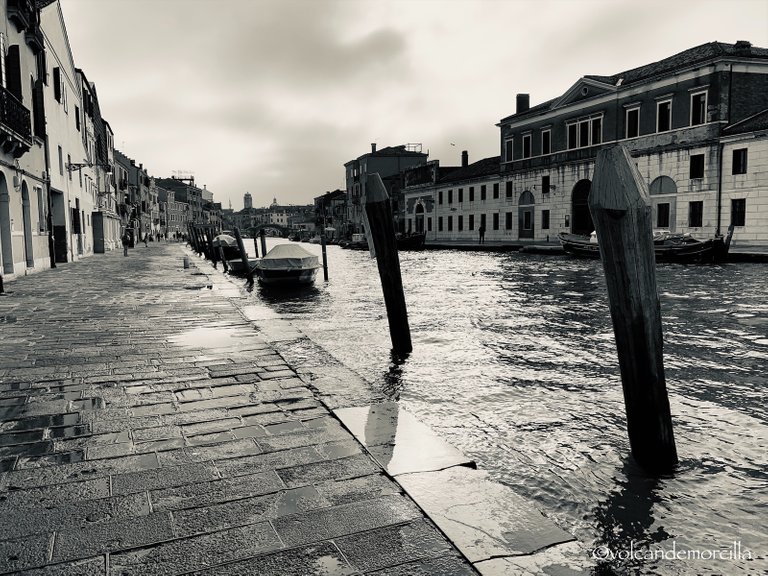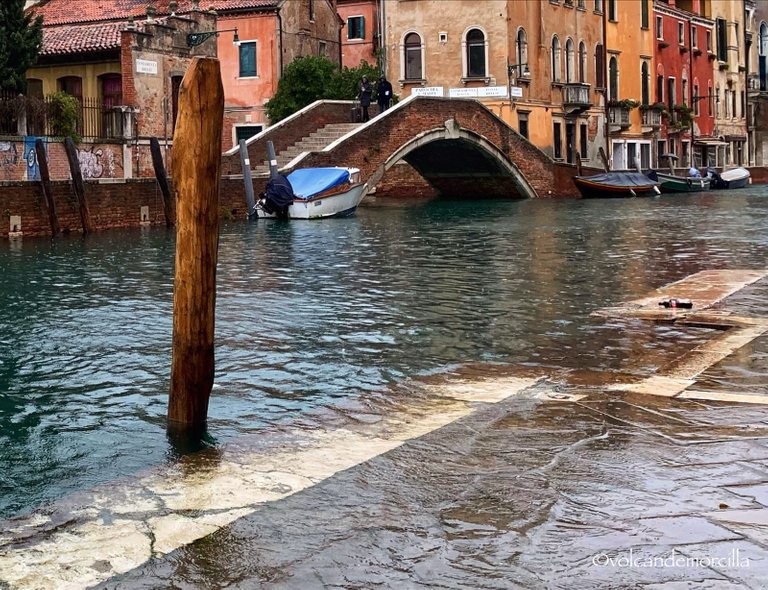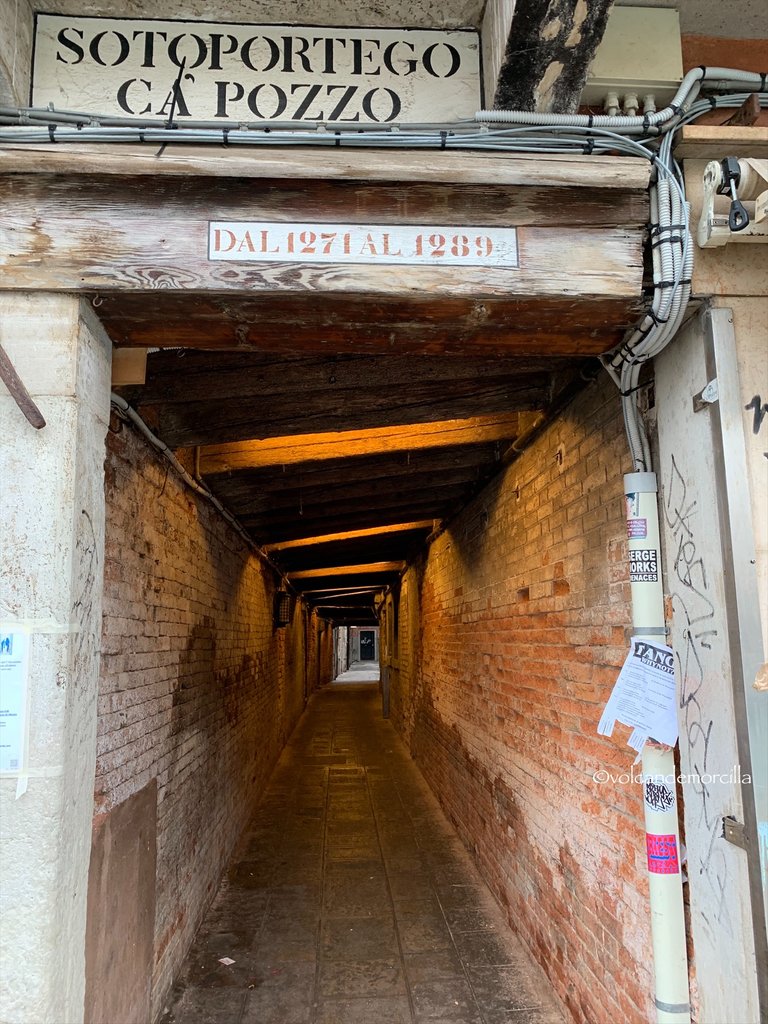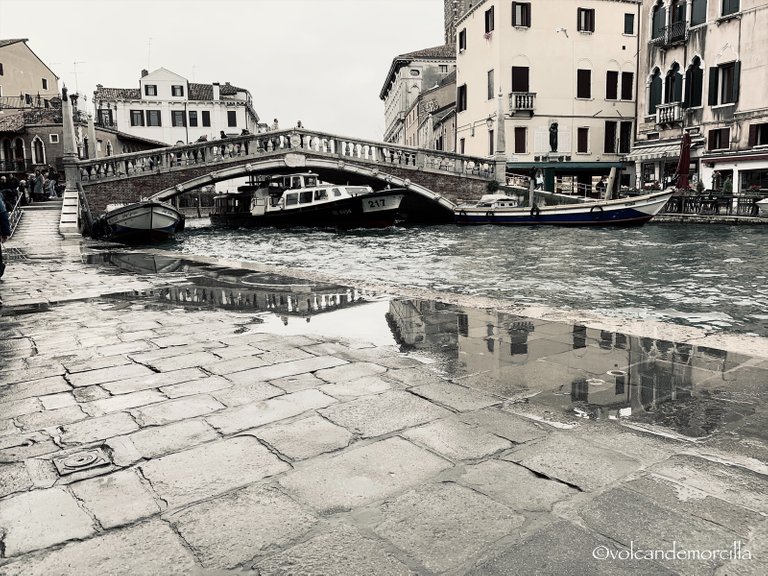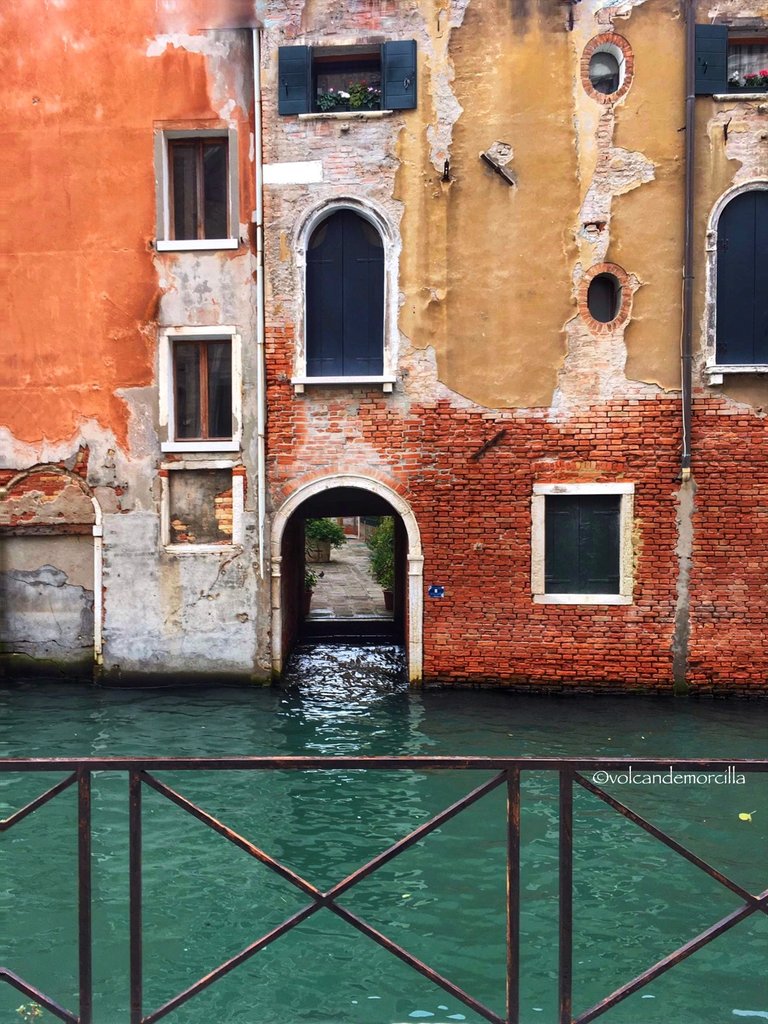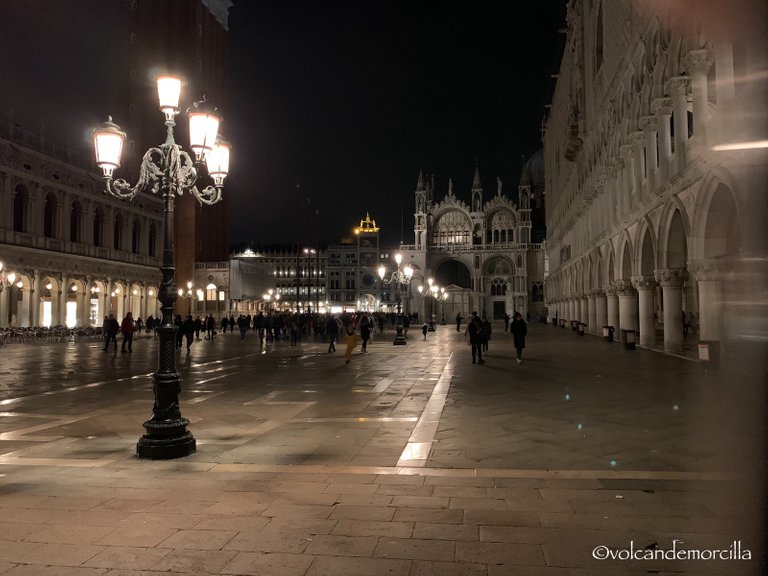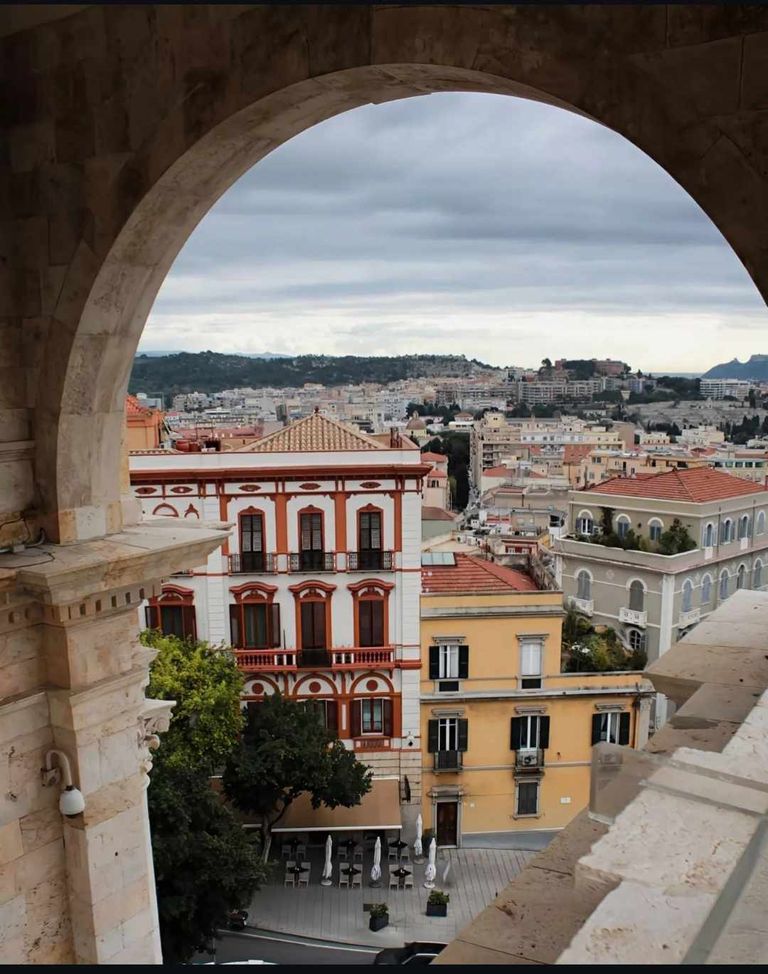
TOSCANA, IL PAESE MIGLIORE SULLA SEDE La Toscana è una regione immaginabile e unica sotto ogni aspetto.
Un senso di gloria e di bene per ogni esigenza. Si possono organizzare diverse tipologie di tour, dai tour culturali ai tour enogastronomici e perché no anche al mare.
I posti in cui si può andare sono tanti, ma d'estate sono migliori i paesini che si affacciano sul mare. Una piccola cittadina della Toscana sul mare
Sono tra i più belli d'Italia, sono un ottimo posto dove trascorrere una splendida vacanza.
TUSCANY, THE BEST COUNTRY ON THE SEAT Tuscany is an imaginable and unique region in every respect.
A sense of glory and good for every need. Different types of tours the can be arranged, from cultural tours to food and wine tours and why not even to the sea.
There are many places one the can go, but in the summer, the small towns by the sea are the best. A small town in Tuscany by the sea
They are among the most beautiful in Italy and are a great place to spend a wonderful vacation.
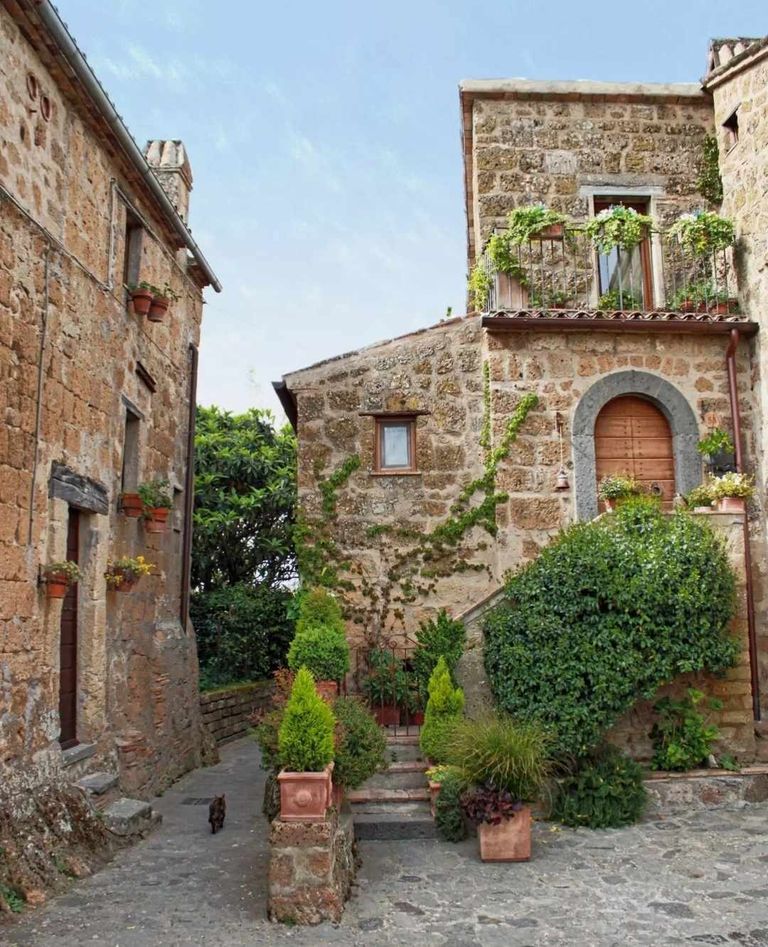
La cittadina di Forte dei Marmi si trova al confine con la Liguria ed è una delle più belle da visitare. È una meta turistica apprezzata e ambita, che attira ogni anno a Tramonto-forte-dei-marmi visitatori dall'Italia e dall'estero. Le strade ricoperte di marmo bianco sono perfette per una meravigliosa e rilassante passeggiata. La spiaggia qui è molto bella e ha un bel bagno. E' il posto migliore di tutta la Versilia. Senza dimenticare il bellissimo panorama delle Alpi Apuane.
The town of Forte dei Marmi is located on the border with Liguria and is one of the most beautiful to visit. It is a popular and coveted tourist destination, attracting visitors from Italy and abroad to Tramonto-forte-dei-marmi every year. The streets covered with white marble are perfect for a wonderful and relaxing walk. The beach here is very beautiful and has nice swimming. It is the best place in all of Versilia. Not to mention the beautiful view of the Apuan Alps.
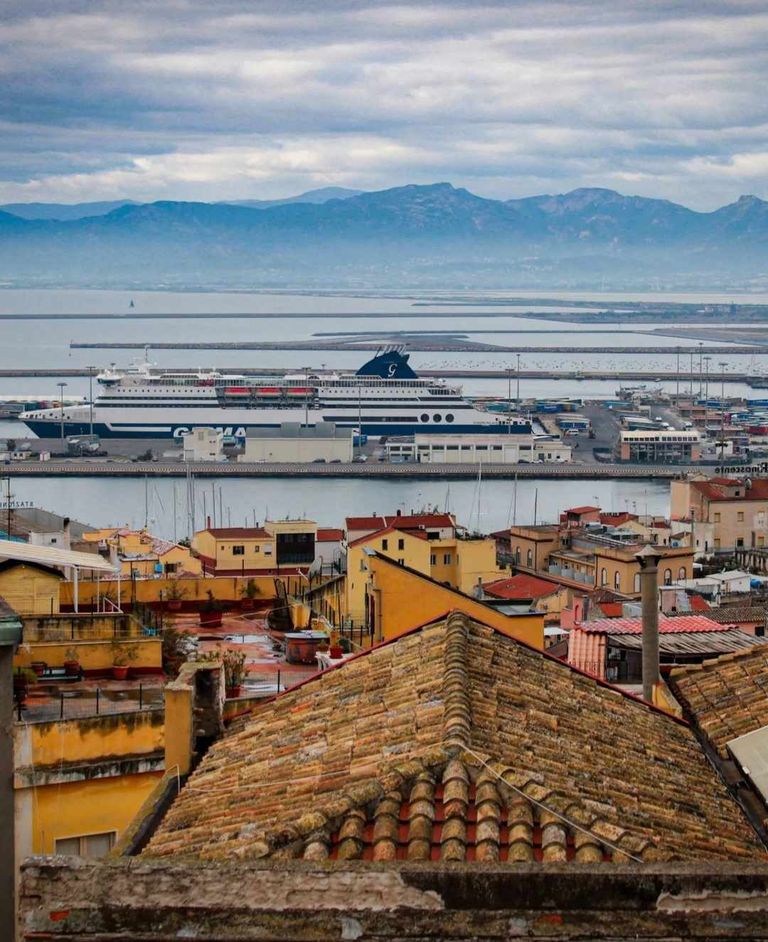
Insomma, il luogo perfetto dove trascorrere una bellissima vacanza all'insegna del divertimento e dell'intrattenimento. Tappa obbligata in Toscana è l'Isola del Giglio, una terra bellissima dove si trova Giglio Porto, un piccolo borgo bagnato da un'acqua bellissima e un bellissimo borgo. Se passate da queste parti non perdetevi la Torre del Saraceno, che risale al XVI secolo. Il comune di San Vincenzo è noto per le numerose Bandiere Blu conferite alle sue spiagge. Durante una vacanza in questa bellissima città, è interessante fare la Promenade du Marin. È una bellissima strada che porta dal centro al faro del paese.
In short, the perfect place to spend a beautiful vacation full of fun and entertainment. A must-see stop in Tuscany is Giglio Island, a beautiful land where you will find Giglio Porto, a small village bathed by beautiful water and a beautiful village. If you pass through these parts, do not miss the Saracen Tower, which dates back to the 16th century. The town of San Vincenzo is known for the many Blue Flags awarded to its beaches. During a vacation in this beautiful town, it is interesting to take the Promenade du Marin. It is a beautiful road that leads from the center to the town's lighthouse.
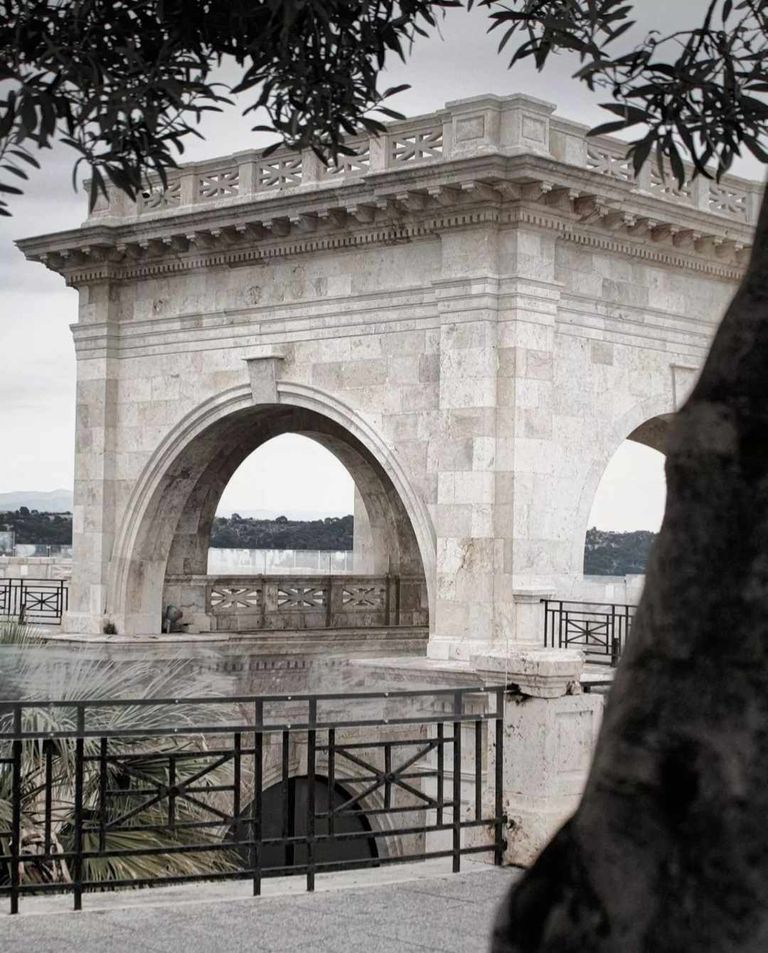
Castiglioncello è un'antica città etrusca e un posto bellissimo. Meta del turismo montano internazionale e denominata "la perla del Tirreno". Davvero un luogo unico dove si possono trovare bellissime scogliere a picco sul mare, porticcioli protetti, spiagge, ponti balneabili dall'acqua limpida e bellissime pinete. Il comune di Rio Marina è uno dei più famosi dell'Isola d'Elba. È un piccolo paese costiero, un tempo ricco di miniere che oggi possono essere visitate. Nei dintorni della città si possono ammirare gli imponenti muri in pietra che rendono suggestiva la natura dell'isola. Sulla costa si possono visitare bellissime spiagge, famose per la loro incredibile bellezza. Tra le più famose, Topinetti Bay è impareggiabile, perfetta per godersi divertimento e relax. La sabbia fine e nera rende questo luogo molto attraente e permette di immergersi nelle condizioni ideali per una giornata al mare. Ammirare lo splendido tramonto dalla spiaggia che crea diversi contrasti cromatici, che regala un momento indimenticabile in primo luogo, Porto Santo Stefano è come un sogno: una bellissima cittadina costiera sul mare e una rinomata località turistica durante l'Impero Romano. Intorno ai due porti cresce la popolazione delle perle centrali dell'Argentario. I suoi splendidi edifici la rendono bella e attraente.
Castiglioncello is an ancient Etruscan town and a beautiful place. A destination for international mountain tourism and called “the pearl of the Tyrrhenian Sea.” Truly a unique place where you can find beautiful cliffs overlooking the sea, protected marinas, beaches, clear water swimming bridges and beautiful pine forests. The municipality of Rio Marina is one of the most famous on Elba Island. It is a small coastal town, once rich in mines that can be visited today. Around the town one can admire the impressive stone walls that make the island's nature striking. On the coast you can visit beautiful beaches, famous for their incredible beauty. Among the most famous, Topinetti Bay is unparalleled, perfect for enjoying fun and relaxation. The fine black sand makes this place very attractive and allows you to soak in the ideal conditions for a day at the beach. Admiring the beautiful sunset from the beach that creates different color contrasts, which gives an unforgettable moment in the first place, Porto Santo Stefano is like a dream: a beautiful coastal town by the sea and a renowned tourist resort during the Roman Empire. Around the two ports grows the population of the central pearls of Argentario. Its splendid buildings make it beautiful and attractive.
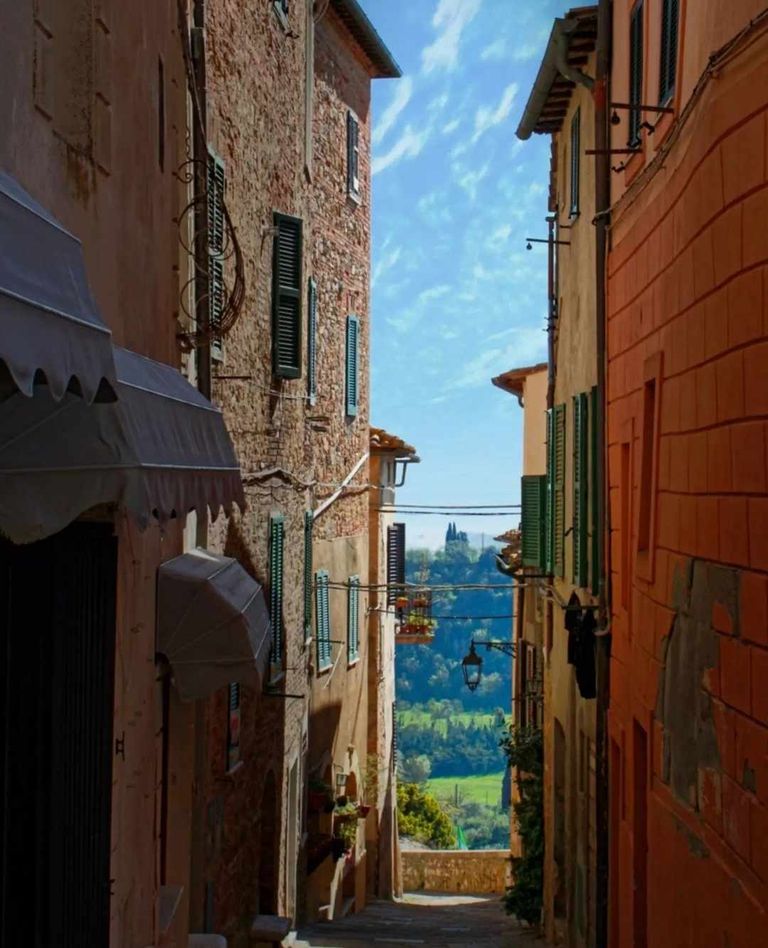
Campiglia Marittima è situata su una collina che domina il mare e la campagna. Uno dei luoghi più belli della Costa degli Etruschi e dove sorge l'antico castello medievale, Pieve di San Giovanni, bellissimo esempio di romanico toscano e soprattutto un luogo ricco di storia e cultura. Magnifico anche il centro storico, tutto circondato da mura. Una cittadina piccola, ma che si rivela come uno splendido lago dall'essenza antica è Porto Ercole. Sono tanti i motivi per visitarla tra cui i forti, gli impagabili panorami sul mare, i colori brillanti e le spiagge paradisiache. Passeggiare ammirando il mare toscano è un'esperienza molto rilassante, che permette di godere della bellezza del luogo. Le paradisiache spiagge della costa sono caratterizzate dalla presenza di una bellissima sabbia dorata e sono il luogo perfetto per godersi le bellezze dell'Italia attraverso vacanze, tour ed escursioni. Possiamo essere fieri e orgogliosi della nostra ricchezza, perché la nostra geografia, arte e cultura sono grandi. Ci vorrà un'infinità di tempo per scoprire tutte le sue parti, dal mare alla montagna, dalle grandi città ai piccoli centri, dalla natura meravigliosa alle città attuali. I pacchetti turistici Boscolo Italia aspettano solo di farti innamorare.
Campiglia Marittima is situated on a hill overlooking the sea and the countryside. One of the most beautiful places on the Etruscan Coast and where stands the ancient medieval castle, Pieve di San Giovanni, a beautiful example of Tuscan Romanesque and above all a place rich in history and culture. Also magnificent is the historic center, all surrounded by walls. A small town, but one that reveals itself as a beautiful lake with an ancient essence is Porto Ercole. There are many reasons to visit it including forts, priceless views of the sea, brilliant colors and heavenly beaches. Walking around admiring the Tuscan sea is a very relaxing experience, allowing you to enjoy the beauty of the place. The paradisiacal beaches of the coast are characterized by beautiful golden sand and are the perfect place to enjoy the beauty of Italy through vacations, tours and excursions. We can be proud and proud of our wealth because our geography, art and culture are great. It will take endless time to discover all its parts, from the sea to the mountains, from big cities to small towns, from beautiful nature to present-day cities. Boscolo Italy tour packages are just waiting for you to fall in love.
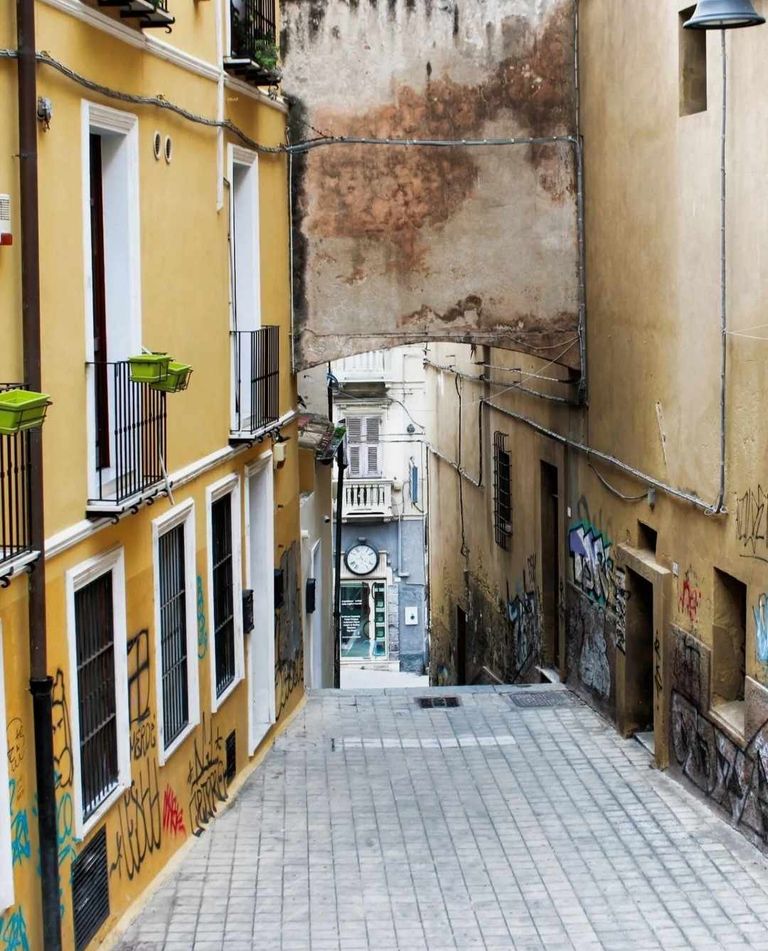
Cosa vedere a Cagliari e dintorni: monumenti e spiagge
Cagliari è una città ricca di storia e bellezza: per scoprirla bene può essere utile un tour ben pianificato. Con i suoi monumenti storici, gli splendidi dintorni e il cibo delizioso, Cagliari offre un'esperienza unica. Per molti è l'unico modo per arrivare in Sardegna, dato che si trova all'aeroporto internazionale. Tuttavia le cose da visitare a Cagliari sono tante. Se vuoi approfittare della tua vacanza in Sardegna per scoprire questa bellissima città, ecco un viaggio alla scoperta di cosa vedere a Cagliari Cagliari è una città con due anime: la frenetica del porto e la calma della parte alta. . , detto anche "castello". Partendo dalla parte bassa della città, inizierai dalla zona della Marina, ricca di negozi, ristoranti e bar. La zona, ricca di vicoli e angusti terreni, inizia da Via Roma, una spettacolare strada che costeggia il mare. Poi, salendo da Largo Carlo Felice, troverete Piazza Yenne, da dove inizia Via Manno, cioè la strada che collega il centro con Bastion Saint-Rémy. Lì troverai molti negozi per lo shopping o bar per l'intrattenimento. Anche il Bastione, simbolo della città, è una delle cose che puoi vedere gratuitamente a Cagliari.
What to see in and around Cagliari: monuments and beaches
Cagliari is a city rich in history and beauty: a well-planned tour can help to discover it well. With its historic monuments, beautiful surroundings, and delicious food, Cagliari offers a unique experience. For many, it is the only way to get to Sardinia, since it is located at the international airport. However, there are many things to visit in Cagliari. If you want to take advantage of your vacation in Sardinia to discover this beautiful city, here is a journey to discover what to see in Cagliari Cagliari is a city with two souls: the frenetic of the port and the calm of the upper part. . , also known as the “castle.” Starting in the lower part of the city, you'll begin in the Marina area, full of stores, restaurants and bars. The area, full of alleys and narrow terrain, starts from Via Roma, a spectacular street that runs along the sea. Then, going up from Largo Carlo Felice, you will find Piazza Yenne, where Via Manno begins, that is the street that connects the center with Bastion Saint-Rémy. There you will find many stores for shopping or bars for entertainment. The Bastion, a symbol of the city, is also one of the things you can see for free in Cagliari.
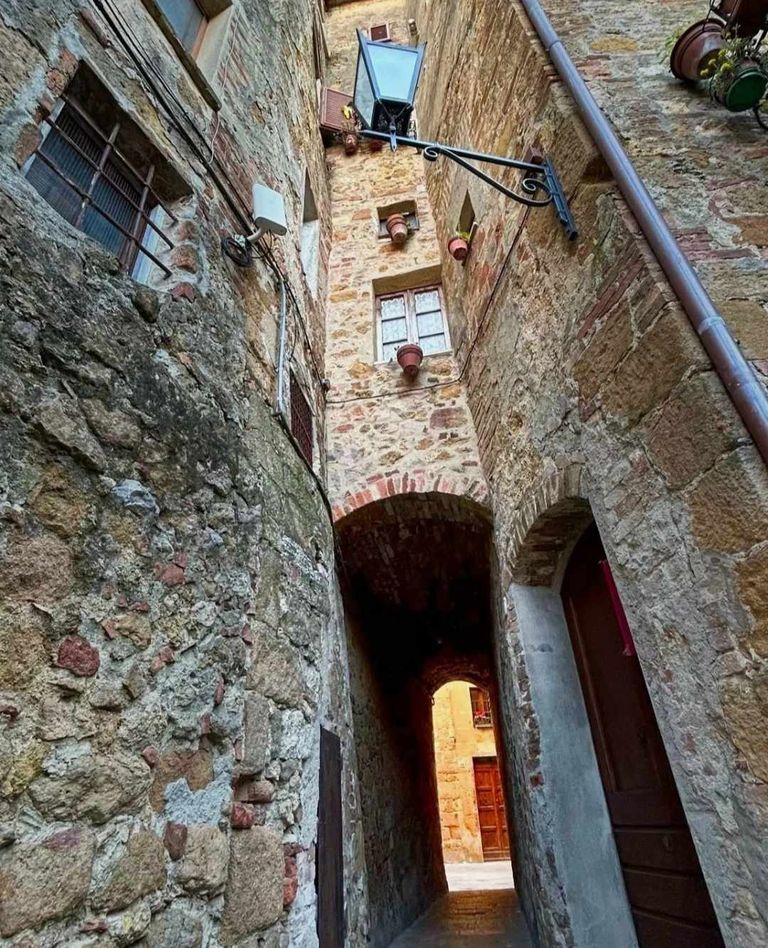
Potete finalmente salire sul lato e, superato il bastione, vi consigliamo la Cattedrale di Santa Maria, uno dei simboli di Cagliari. Nella parte superiore da non perdere il museo e l'anfiteatro romano.
Se puoi prolungare un po' il tuo viaggio, non perderti il Castello di San Michele. L'antica fortezza, situata su una collina che domina la città, offre una vista panoramica mozzafiato.
Volendo, tutti questi luoghi sono visitabili in poco tempo, tra le cose da vedere intorno al porto, ma Cagliari è una città che richiede tempo per conoscere bene. Per questo è consigliabile dedicargli uno o due giorni. Alla fine scoprirai che Cagliari vale il viaggio. Avendo più tempo, ovviamente, è possibile visitare due dei parchi cittadini, e precisamente:
You can finally go up the side and, past the rampart, we recommend the Cathedral of Santa Maria, one of the symbols of Cagliari. In the upper part not to be missed is the museum and the Roman amphitheater.
If you can extend your trip a little longer, don't miss the Castle of San Michele. The ancient fortress, located on a hill overlooking the city, offers breathtaking panoramic views.
If you want, all these places can be visited in a short time, among the things to see around the port, but Cagliari is a city that takes time to get to know well. For this reason, it is its best to devote one or two days to it. Eventually you will find that Cagliari is worth the trip. Having more time, of course, you can visit two of the city parks, namely:
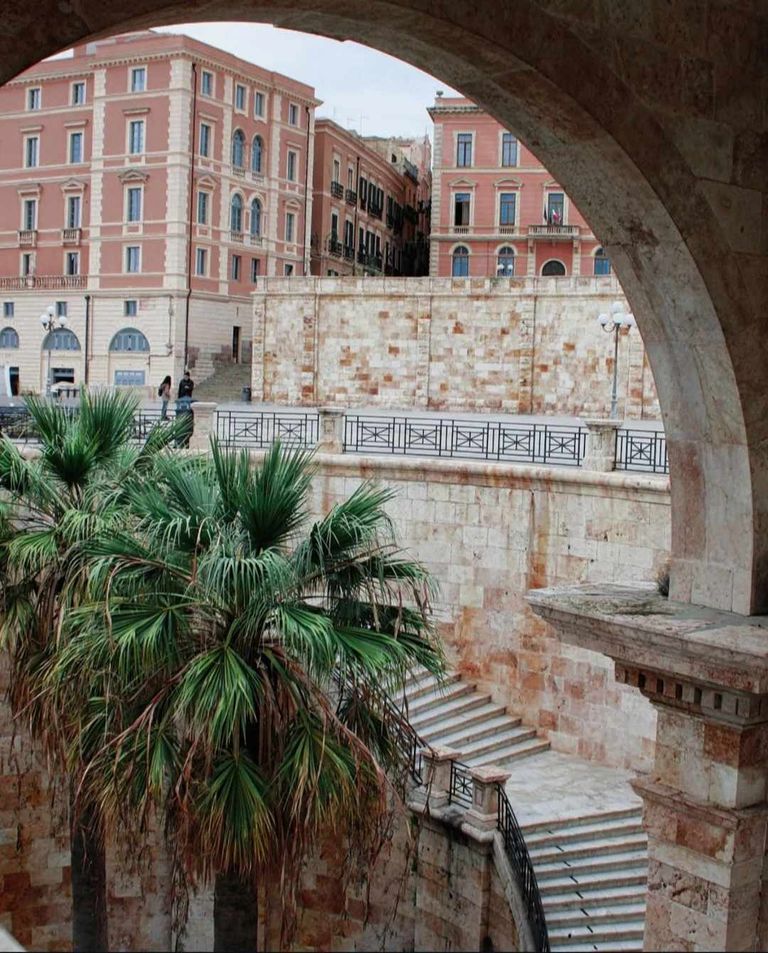
Il Parco di Monte Urpinu, che domina la città dall'alto ed è un vero polmone verde.
Importante il Parco Molentargius. Un'esperienza unica che non dimenticherai mai. Spiagge vicino Cagliari: cosa sono Naturalmente la Sardegna è conosciuta in tutto il mondo per il suo mare limpido. Anche in un contesto urbano come quello di Cagliari è possibile trovare una delle spiagge urbane più belle d'Italia. Uno dei luoghi più frequentati è senza dubbio il fiume Poetto, uno dei più lunghi del Mediterraneo. Qui potrai prendere il sole sulla sabbia dorata e nuotare nell'acqua cristallina. Ma il Poetto non è solo una spiaggia: è anche il centro della vita notturna, con tanti bar e ristoranti in riva al mare. Il fiume Poetto, per le sue caratteristiche, è sicuramente una delle cose da vedere a Cagliari con i bambini. Se potete viaggiare, a poca distanza da Cagliari troverete anche le bellissime spiagge di Quartu Sant'Elena e Maracalagonis, come la Spiaggia di Mari Pintau o Kal'e Moru.
Cagliari e dintorni: cosa vedere in tre giorni Se avete più giorni in città, potrete godervi la vita tranquilla di Cagliari che, in estate, fa attività o film che lo rendono ricco. Oppure puoi esplorare la zona circostante. Ecco le cose da non perdere:
Monte Urpinu Park, which dominates the city from above and is a true green lung.
Importantly, the Molentargius Park. A unique experience you will never forget. Beaches near Cagliari: what they are Of course, Sardinia is known worldwide for its clear sea. Even in an urban setting such as Cagliari, it is possible to find one of the most beautiful urban beaches in Italy. One of the most popular places is undoubtedly the Poetto River, one of the longest in the Mediterranean. Here you can sunbathe on the golden sand and swim in the crystal clear water. But Poetto is not just a beach: it is also the center of nightlife, with many bars and restaurants by the sea. Because of its characteristics, the Poetto River is definitely one of the things to see in Cagliari with children. If you can travel, a short distance from Cagliari you will also find the beautiful beaches of Quartu Sant'Elena and Maracalagonis, such as Mari Pintau Beach or Kal'e Moru.
Cagliari and its surroundings: what to see in three days If you have more days in the city, you can enjoy the quiet life of Cagliari, which does activities or movies in summer that make it rich. Or you can explore the surrounding area. Here are the things not to miss:
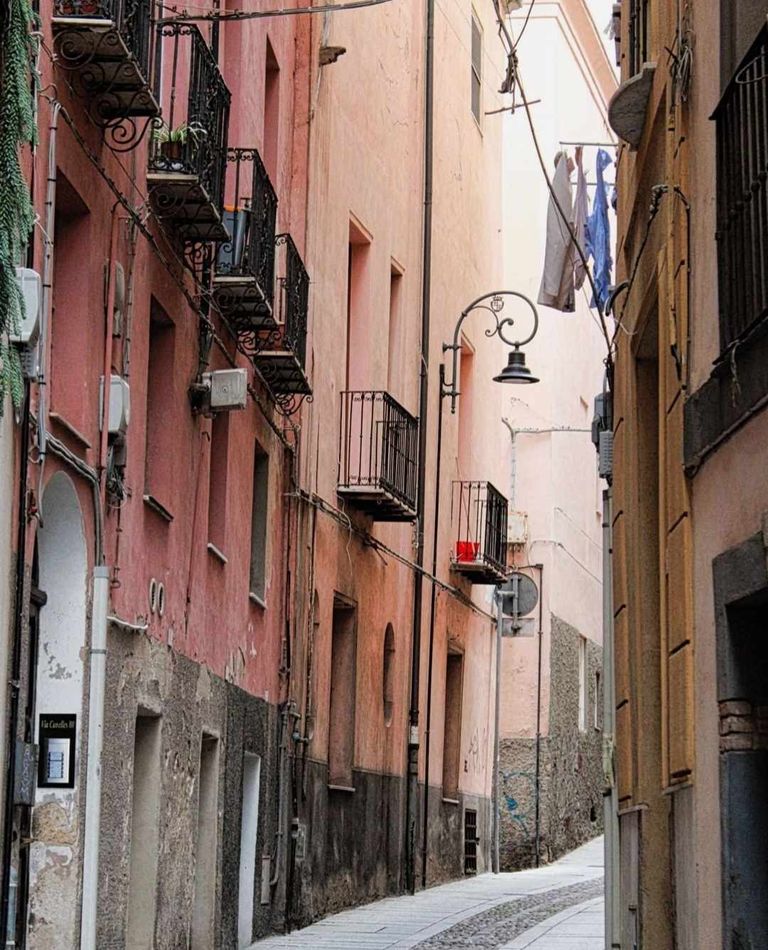
Se sei interessato all'archeologia, non perdere l'occasione di visitare l'antica città di Nora. Questo sito archeologico, situato a pochi chilometri da Cagliari, è uno dei più importanti della Sardegna. Qui si possono ammirare i resti delle antiche terme romane, dei teatri e di numerosi edifici. Se vuoi vedere come si presenta la città nuragica devi andare a Barumini, dove c'è un sito UNESCO. Qui, ovviamente, si trova Su Nuraxi, una delle città nuragiche meglio conservate. In alternativa potrete visitare il Castello dell'Acquafredda, costruito da Ugolino della Gherardesca, noto per il titolo nella Divina Commedia.
Mangiare a Cagliari: i segreti della cucina sarda A Cagliari potrete sicuramente gustare la deliziosa cucina sarda. Molti piatti, a base di pesce o di carne, vengono serviti nei ristoranti della città. Tra quelli memorabili:
If you are interested in archaeology, do not miss the opportunity to visit the ancient city of Nora. This archaeological site, located a few kilometers from Cagliari, is one of the most important in Sardinia. Here you can see the remains of ancient Roman baths, theaters and numerous buildings. If you want to see what the Nuragic city looks like, you have to go to Barumini, where there is a UNESCO site. Here, of course, is Su Nuraxi, one of the best-preserved Nuragic cities. Alternatively, you can visit Acquafredda Castle, built by Ugolino della Gherardesca, known for the title in the Divine Comedy.
Eating in Cagliari: the secrets of Sardinian cuisine In Cagliari you are sure to enjoy the delicious Sardinian cuisine. Many dishes, fish or meat, are served in the city's restaurants. Among the memorable ones:
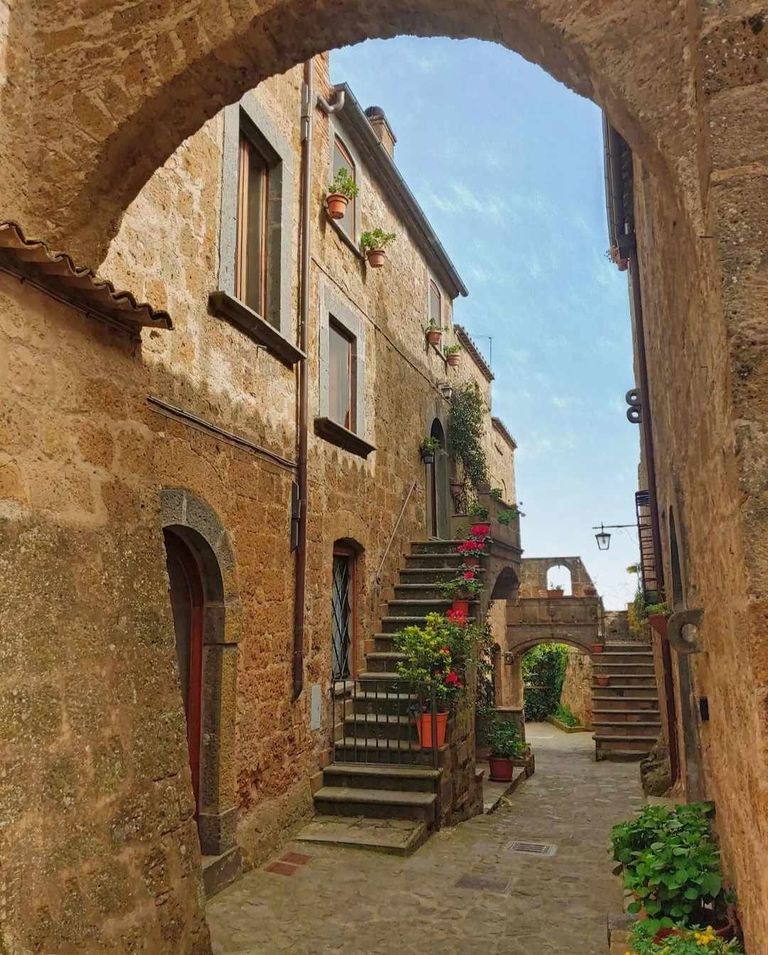
I Malloreddus, detti anche “gnocchi sardi”, sono ottimi con il ragù cosiddetto “alla campidanese”. Culurgiones, ovvero ravioli ripieni di patate, pecorino o – ancora – ricotta dolce.
Fregula, un tipo di pasta a base di pomodoro o pesce. Una varietà di piatti di pesce, tra cui la bottarga o le vongole.
Seadas, un tipo di frittura con formaggio di pecora. Vivere a Cagliari Cagliari è un posto che ami
Malloreddus, also called “Sardinian gnocchi,” are excellent with the so-called “Campidanese-style” meat sauce. Culurgiones, or ravioli filled with potatoes, pecorino or - again - sweet ricotta.
Fregula, a type of pasta made with tomato or fish. A variety of fish dishes, including bottarga or clams.
Seadas, a type of fried food with sheep's cheese. Living in Cagliari Cagliari is a place you love
fonte: https://blurt.blog/blurt/@alessia25/3uxmcz-tuscany-the-best-country-on-the-seat-tuscany-is-an-imaginable-and-unique-region-in-every-respect
